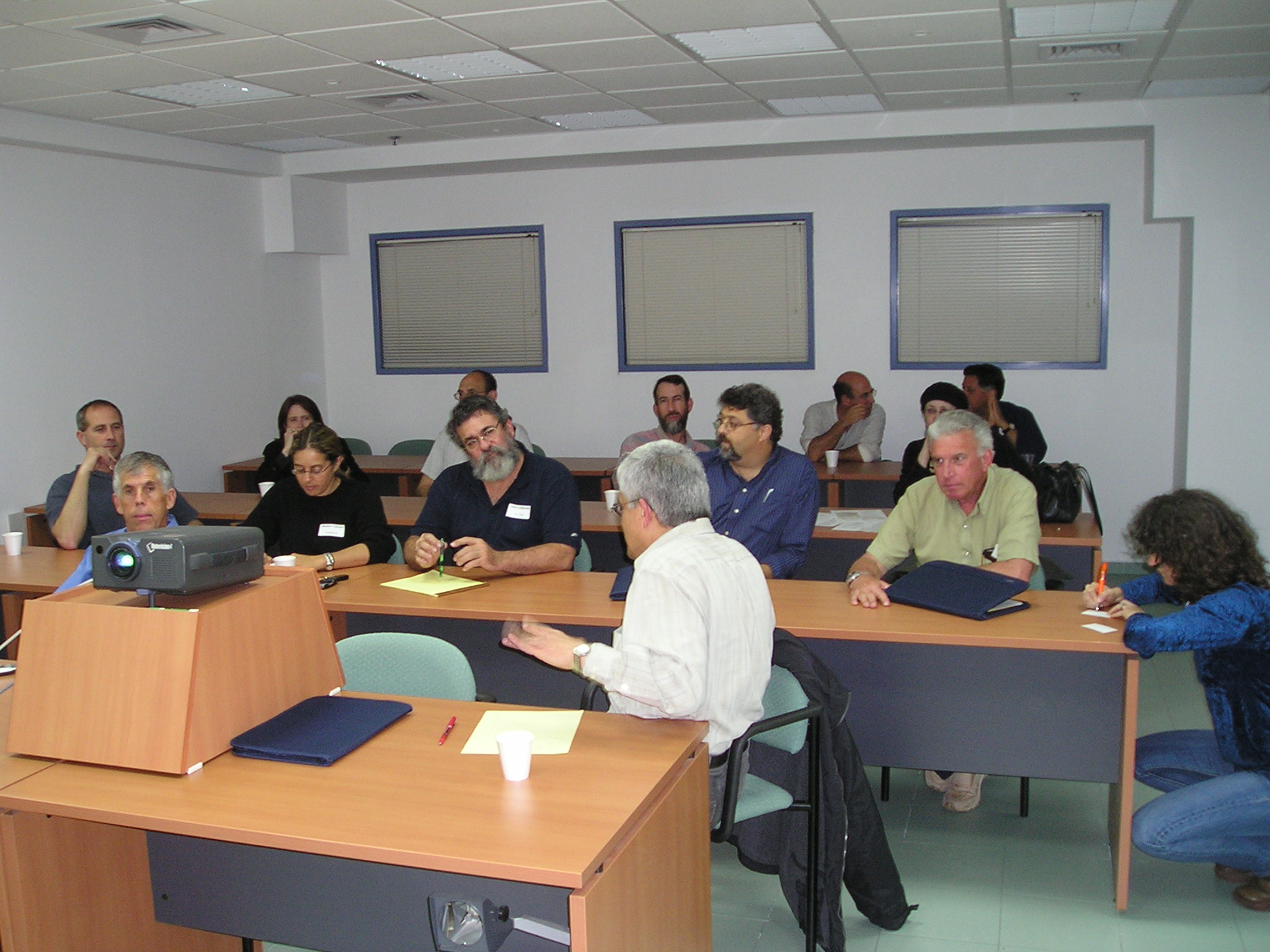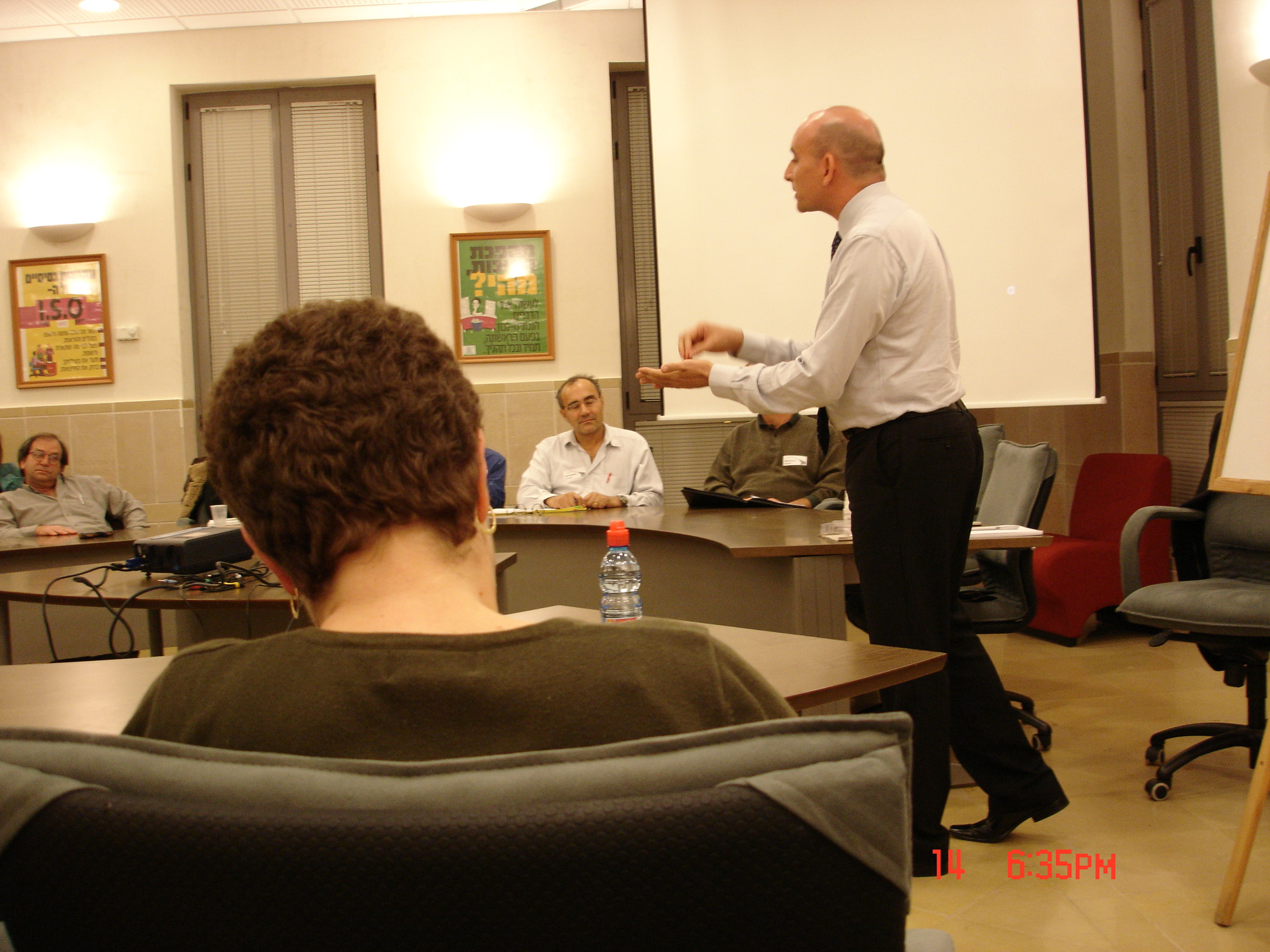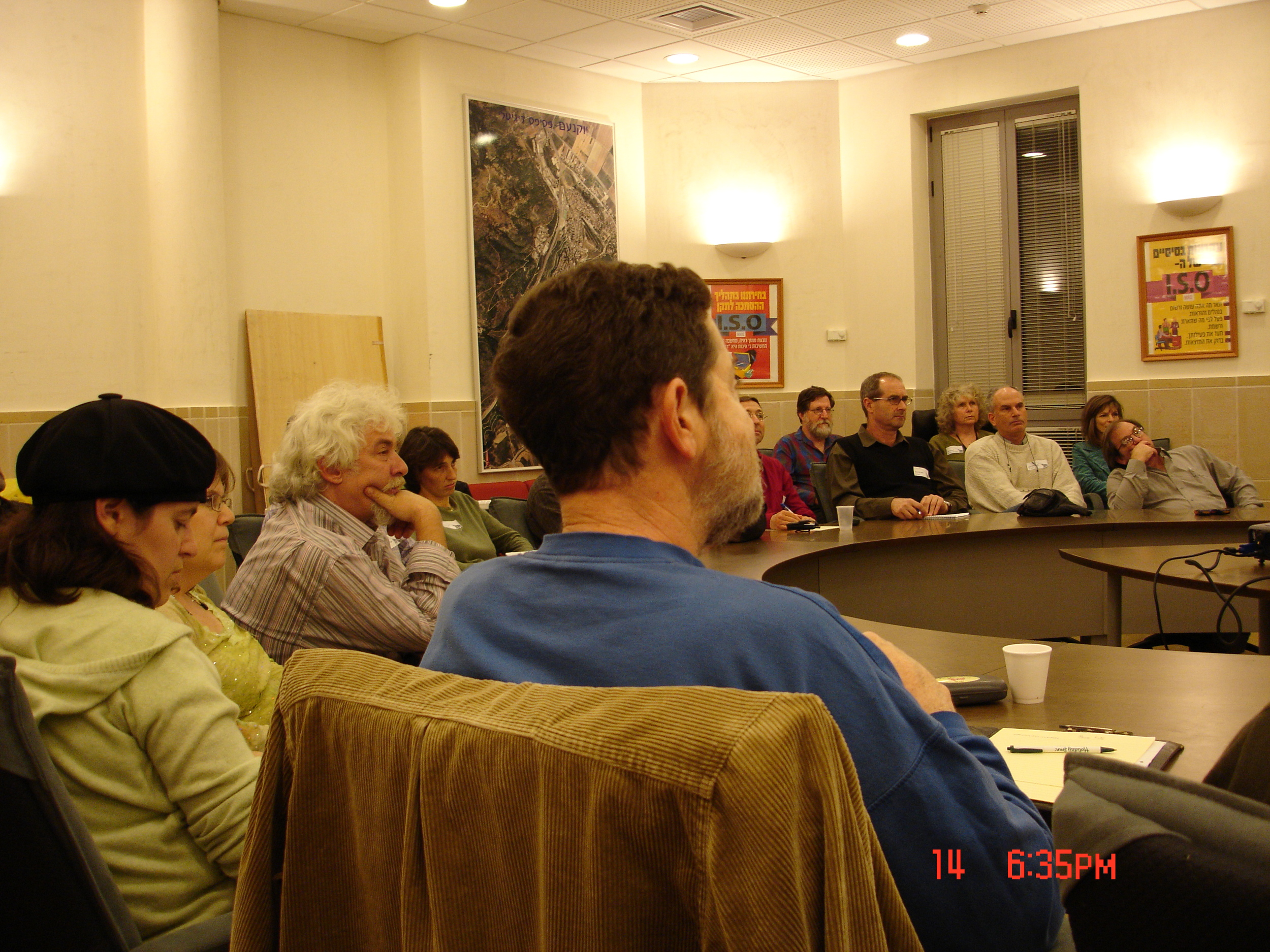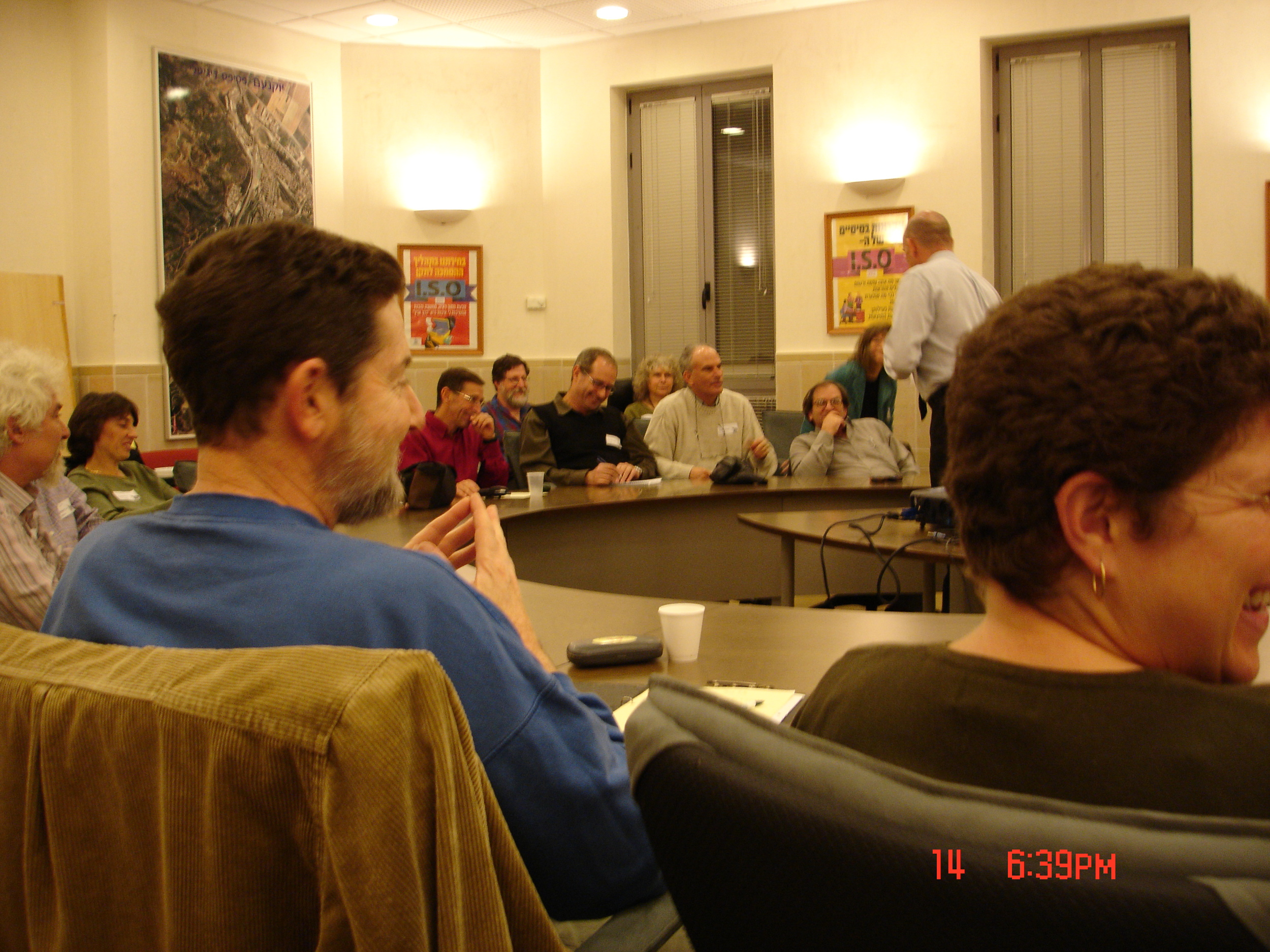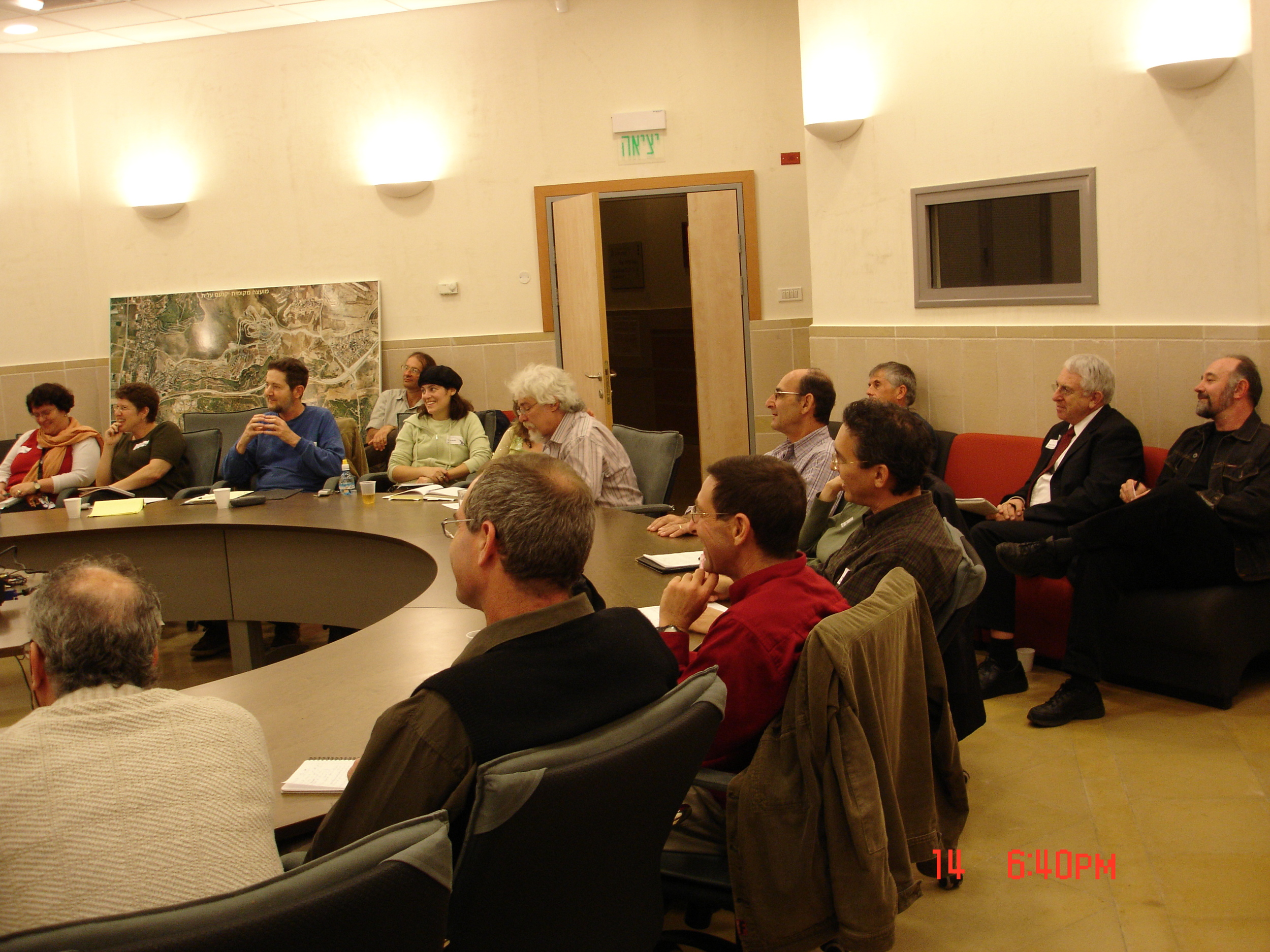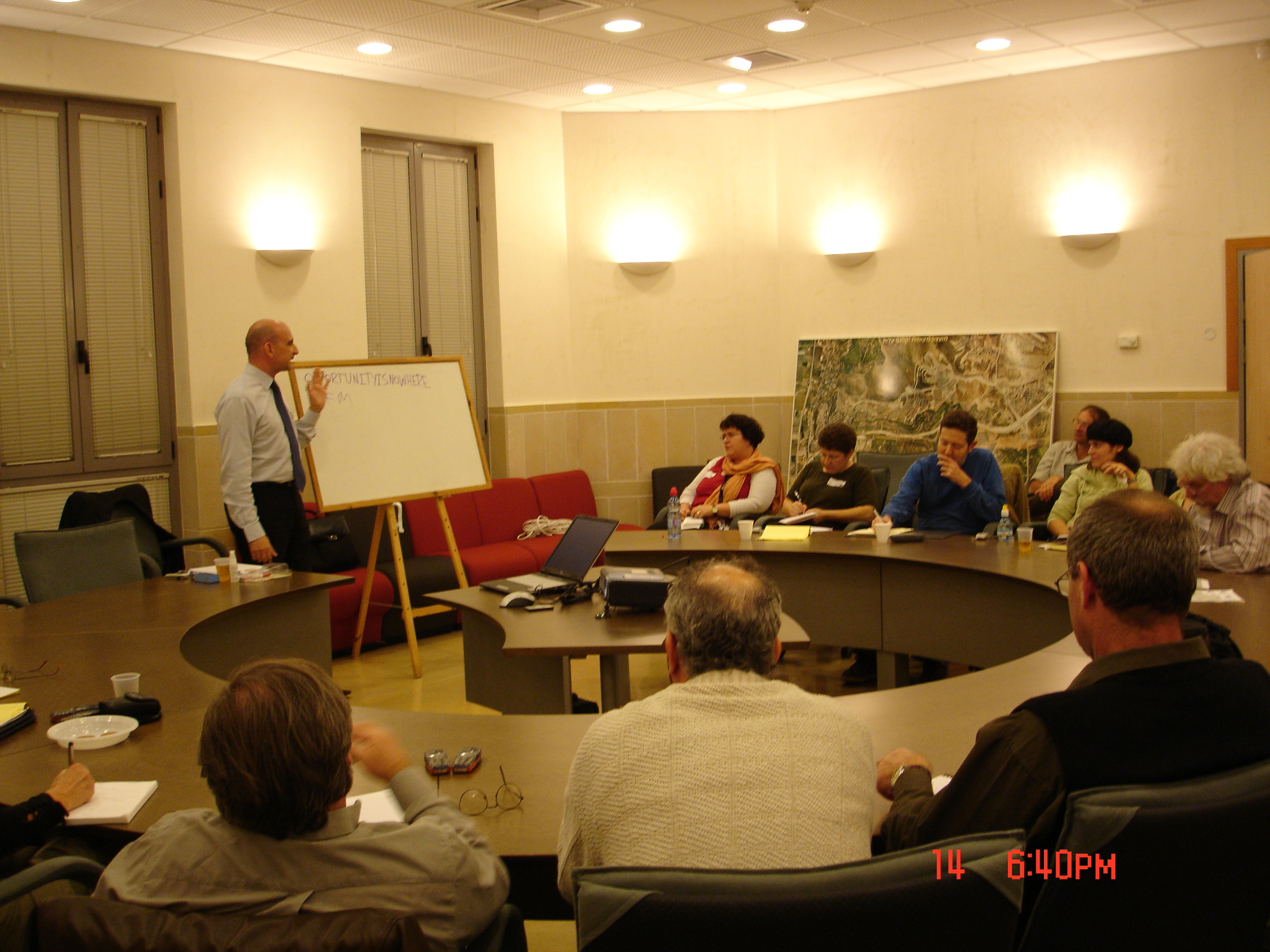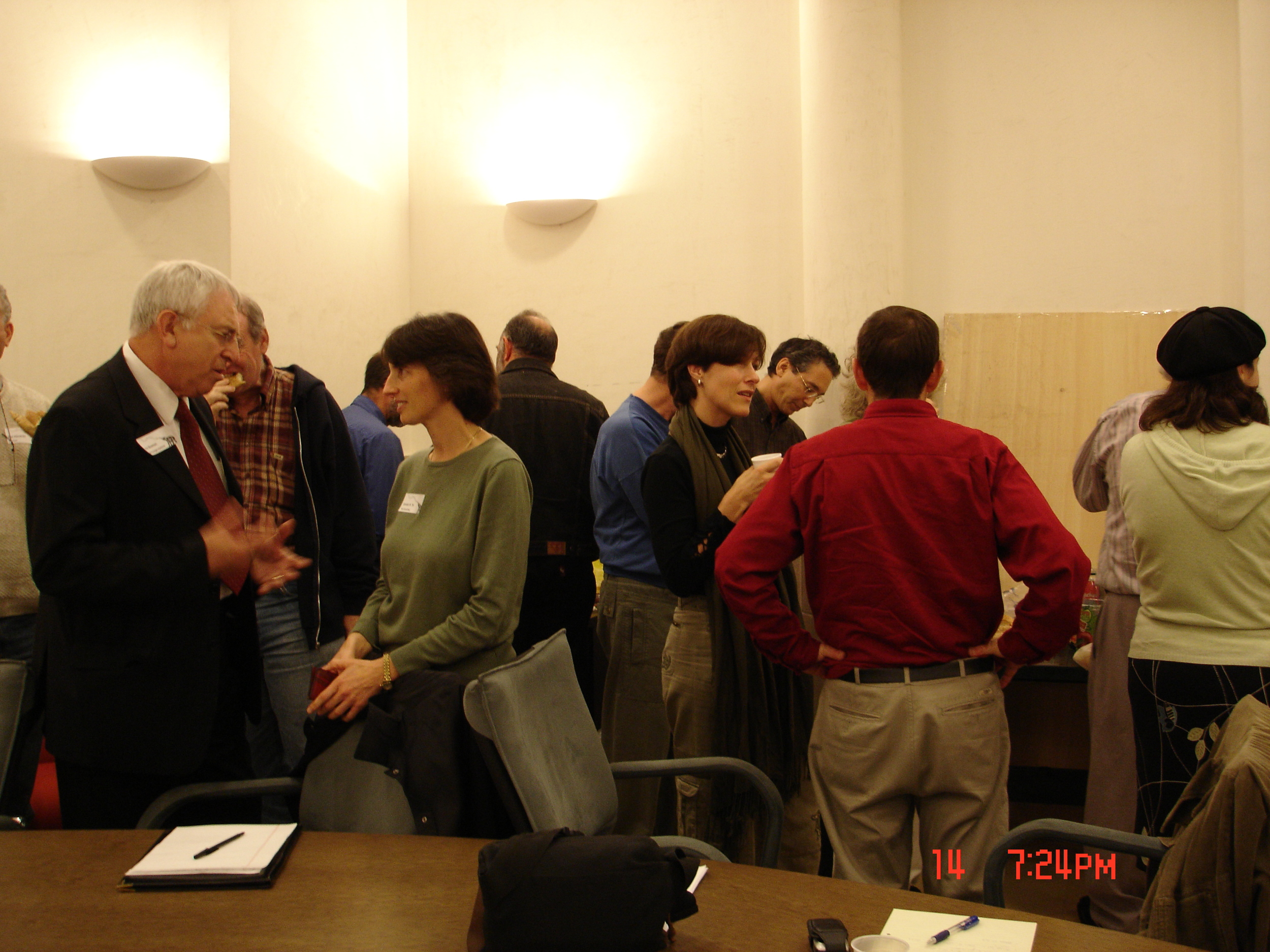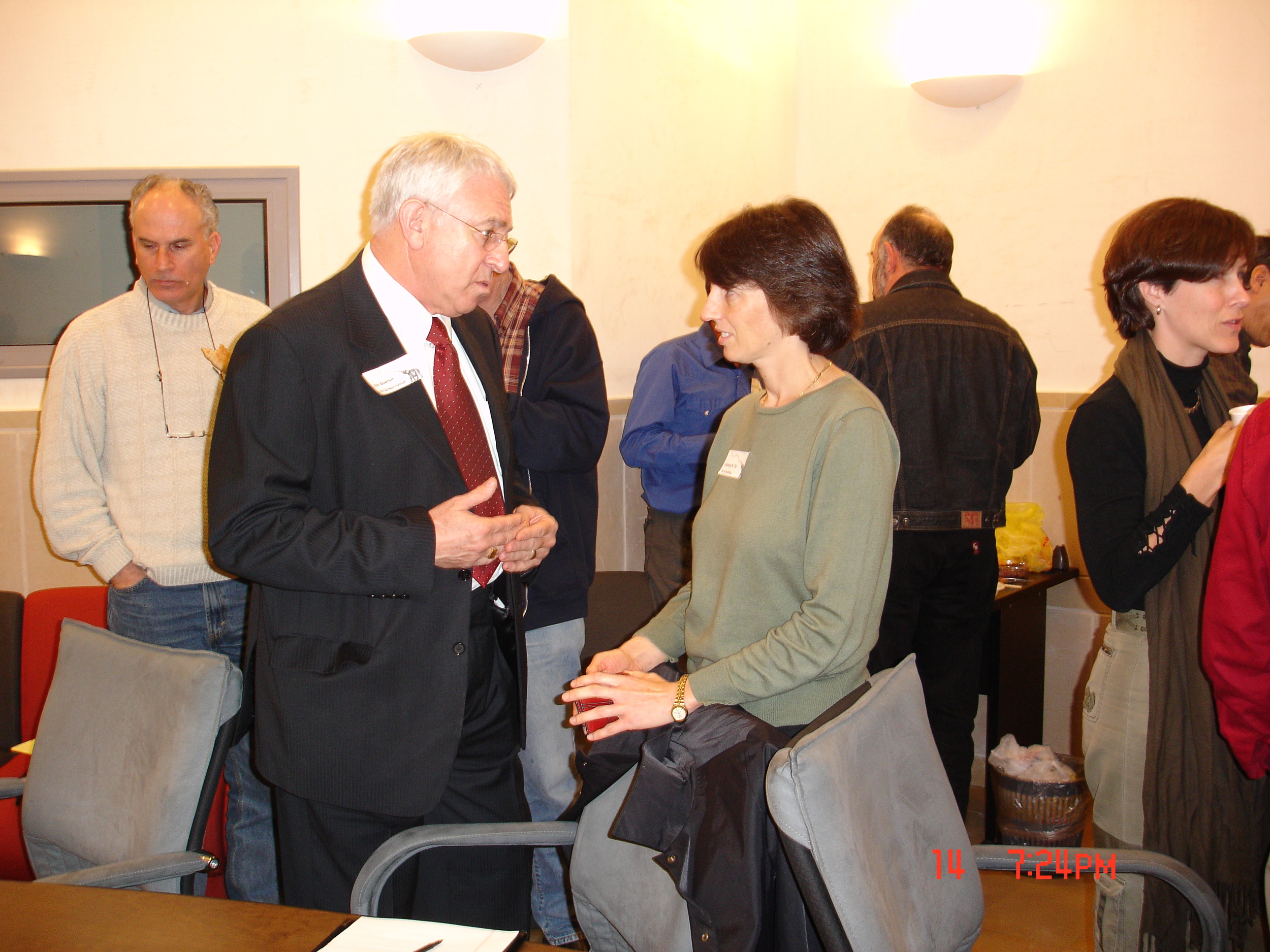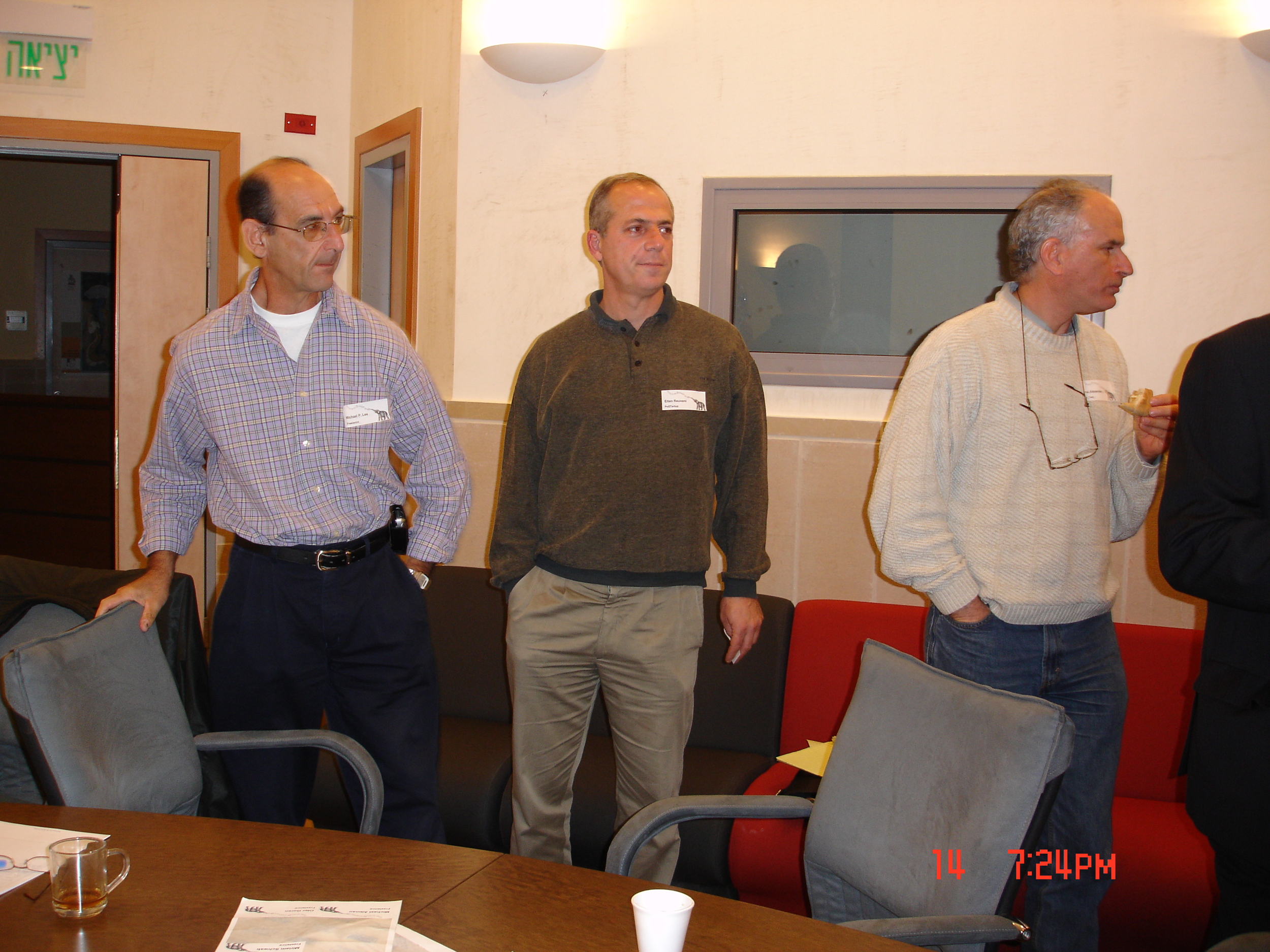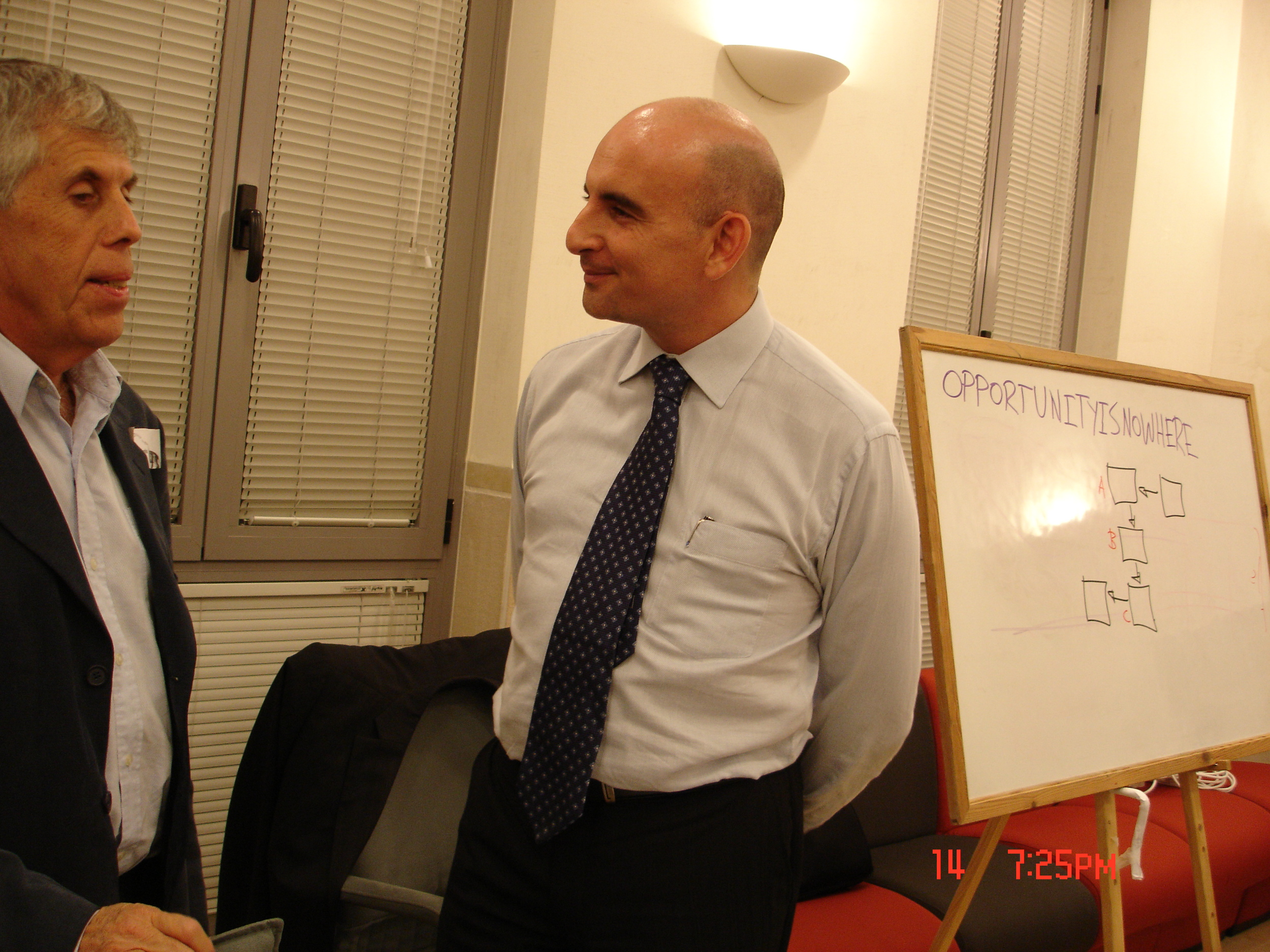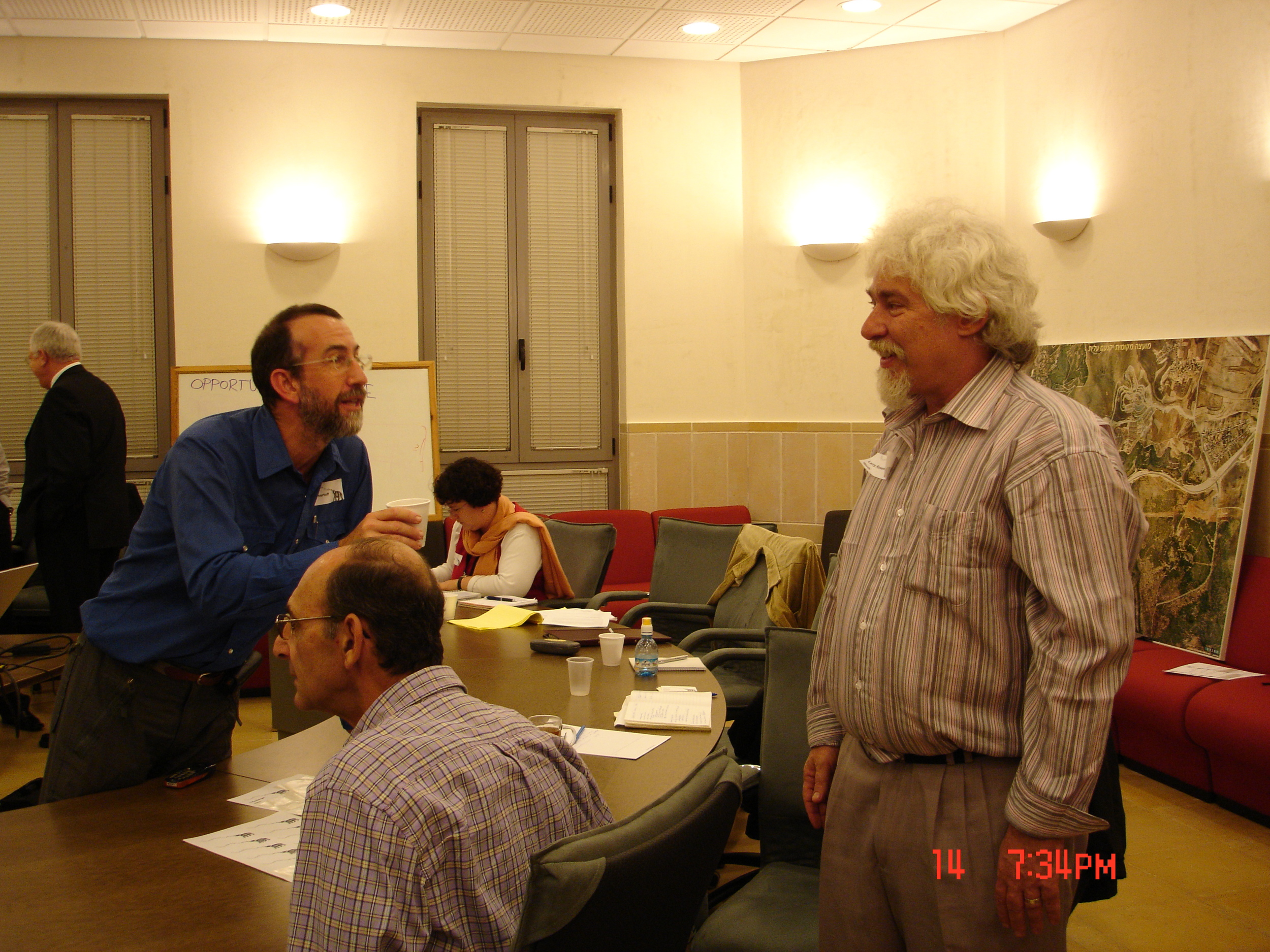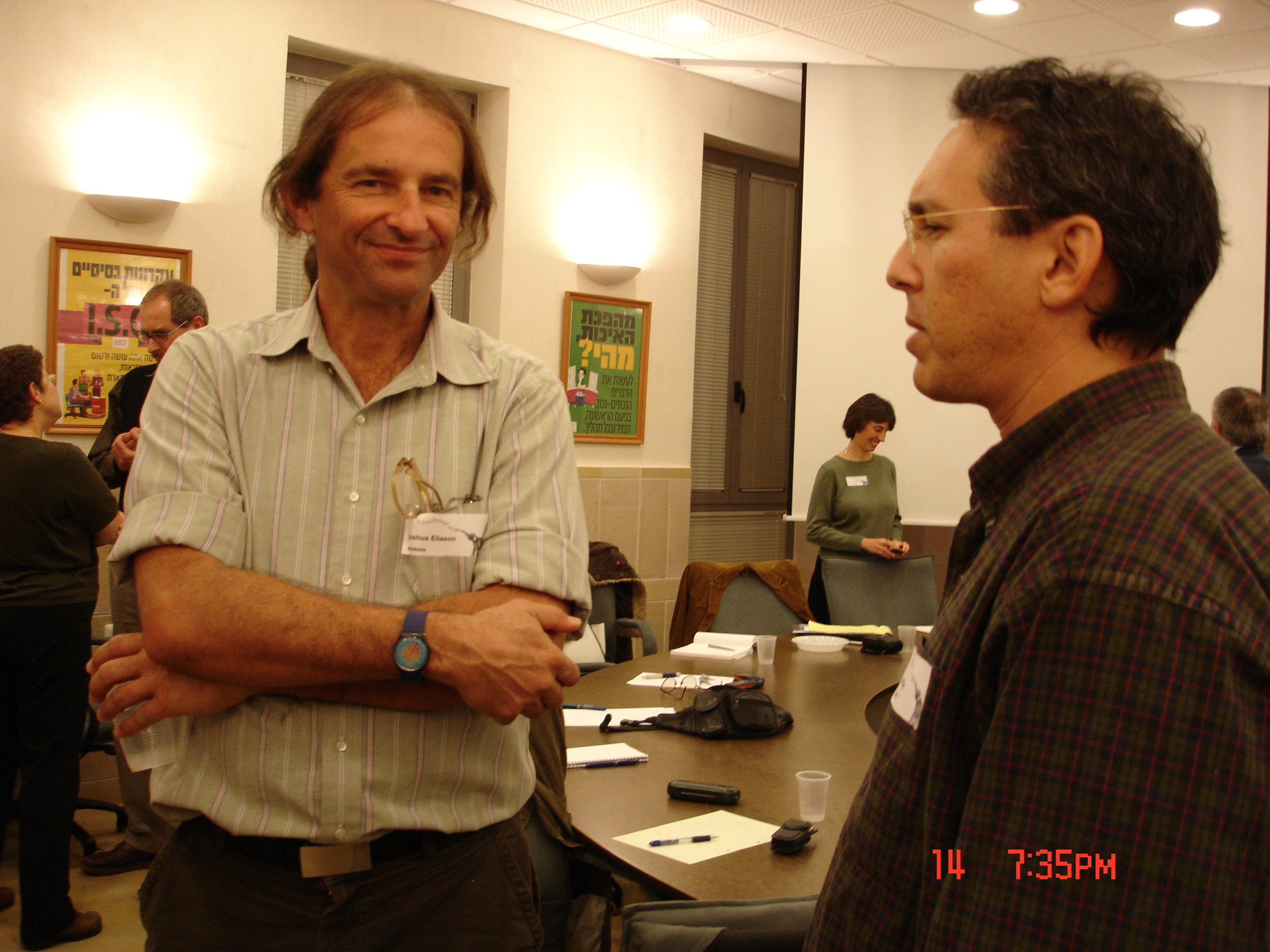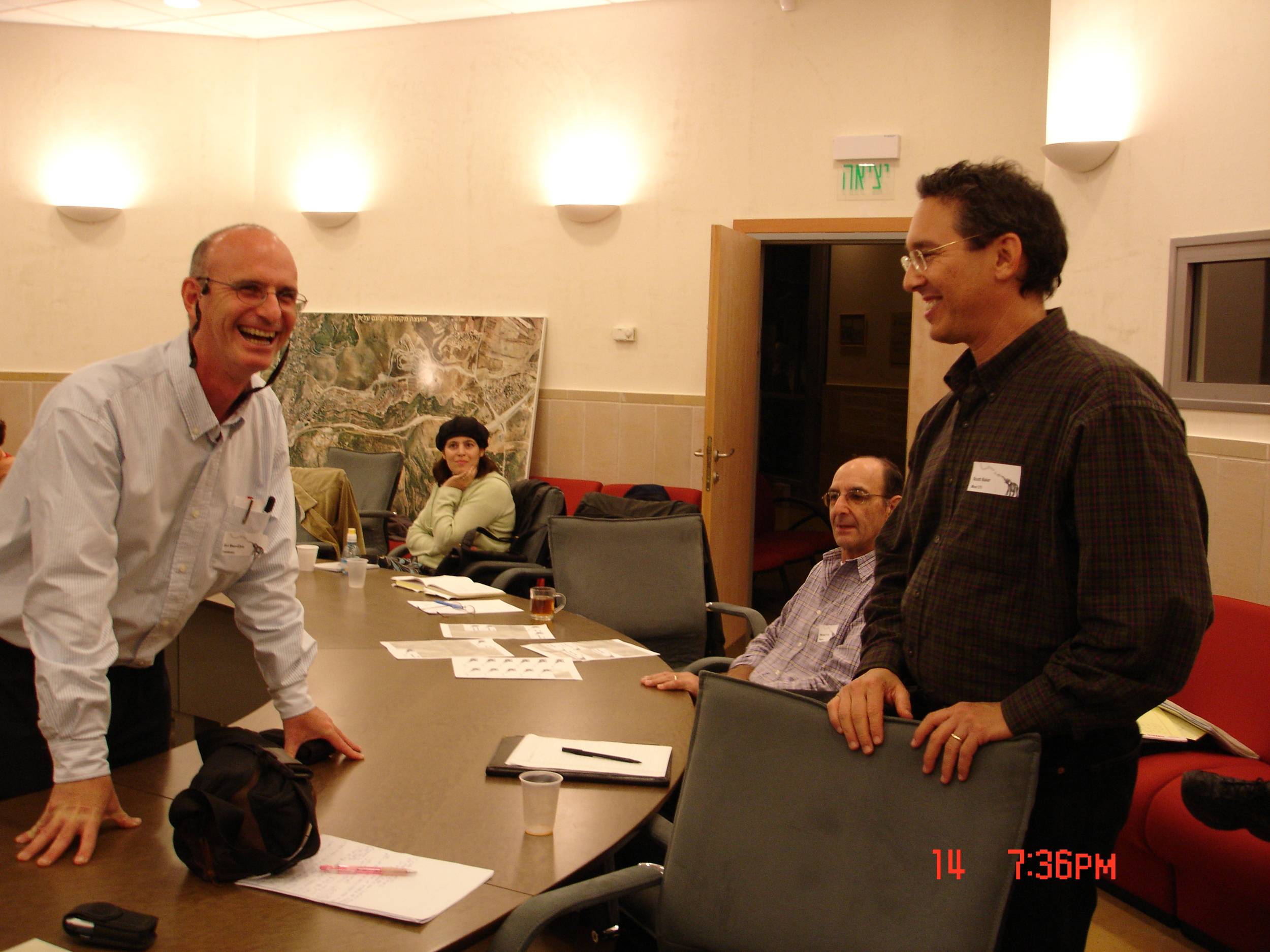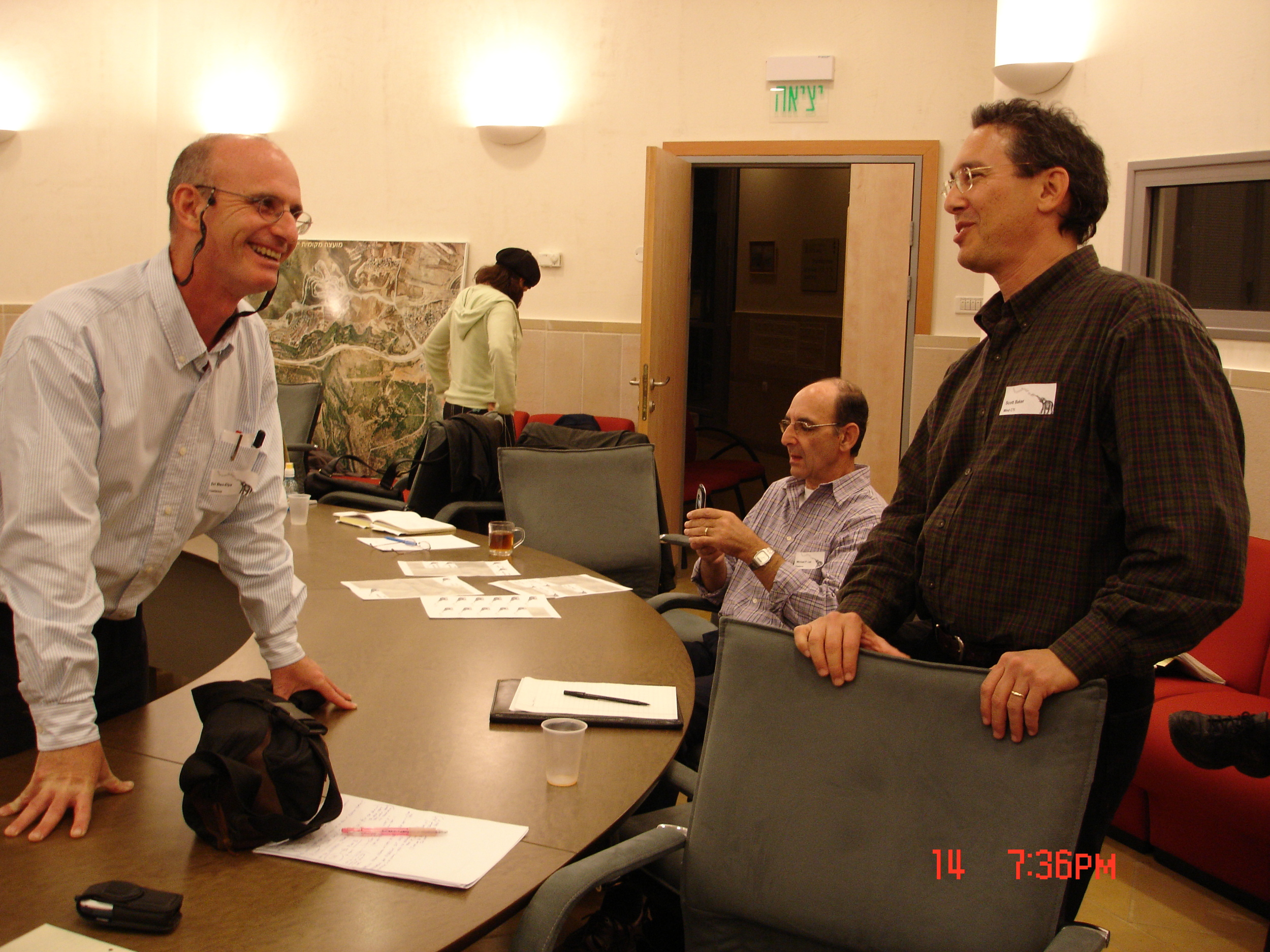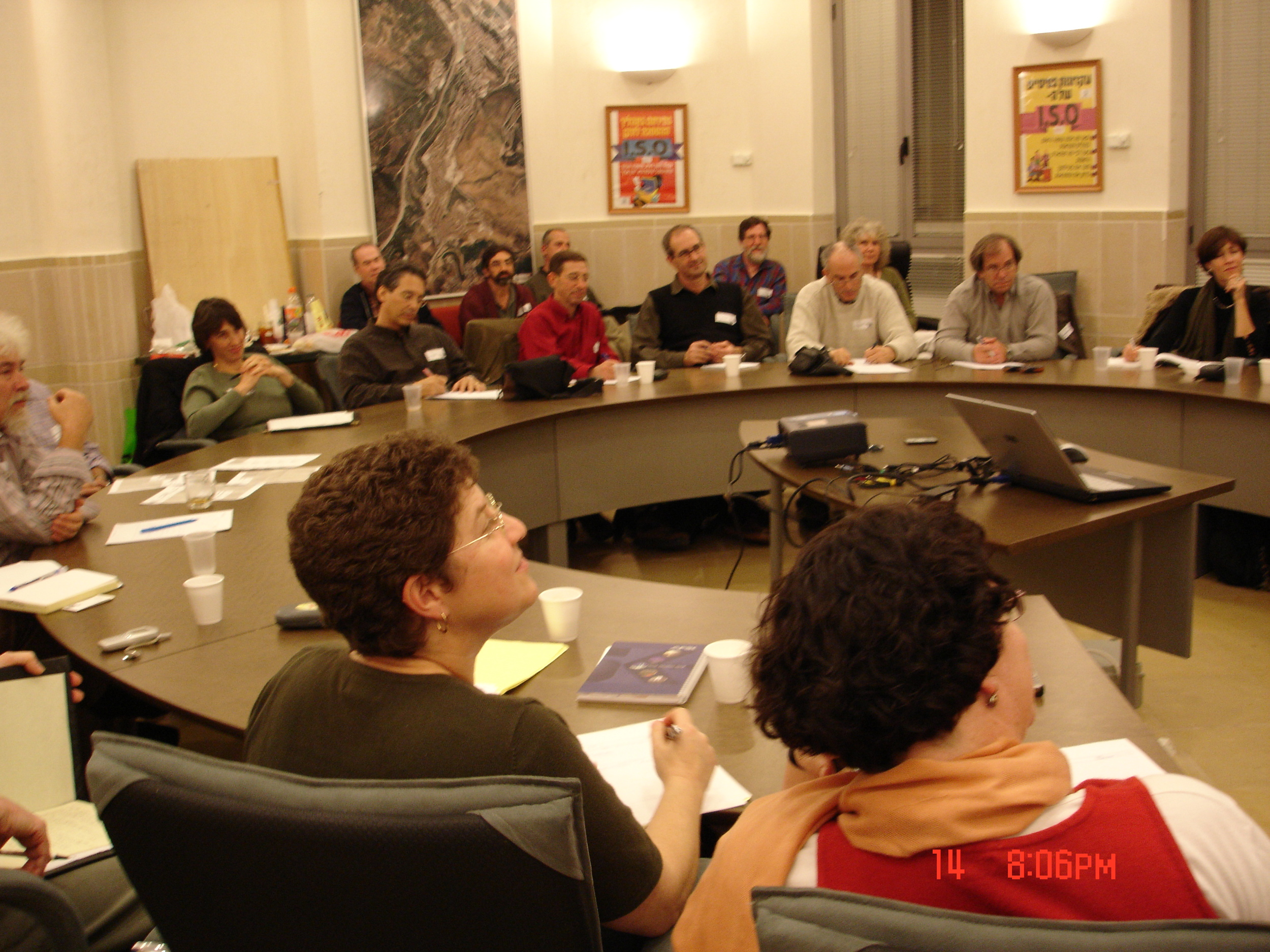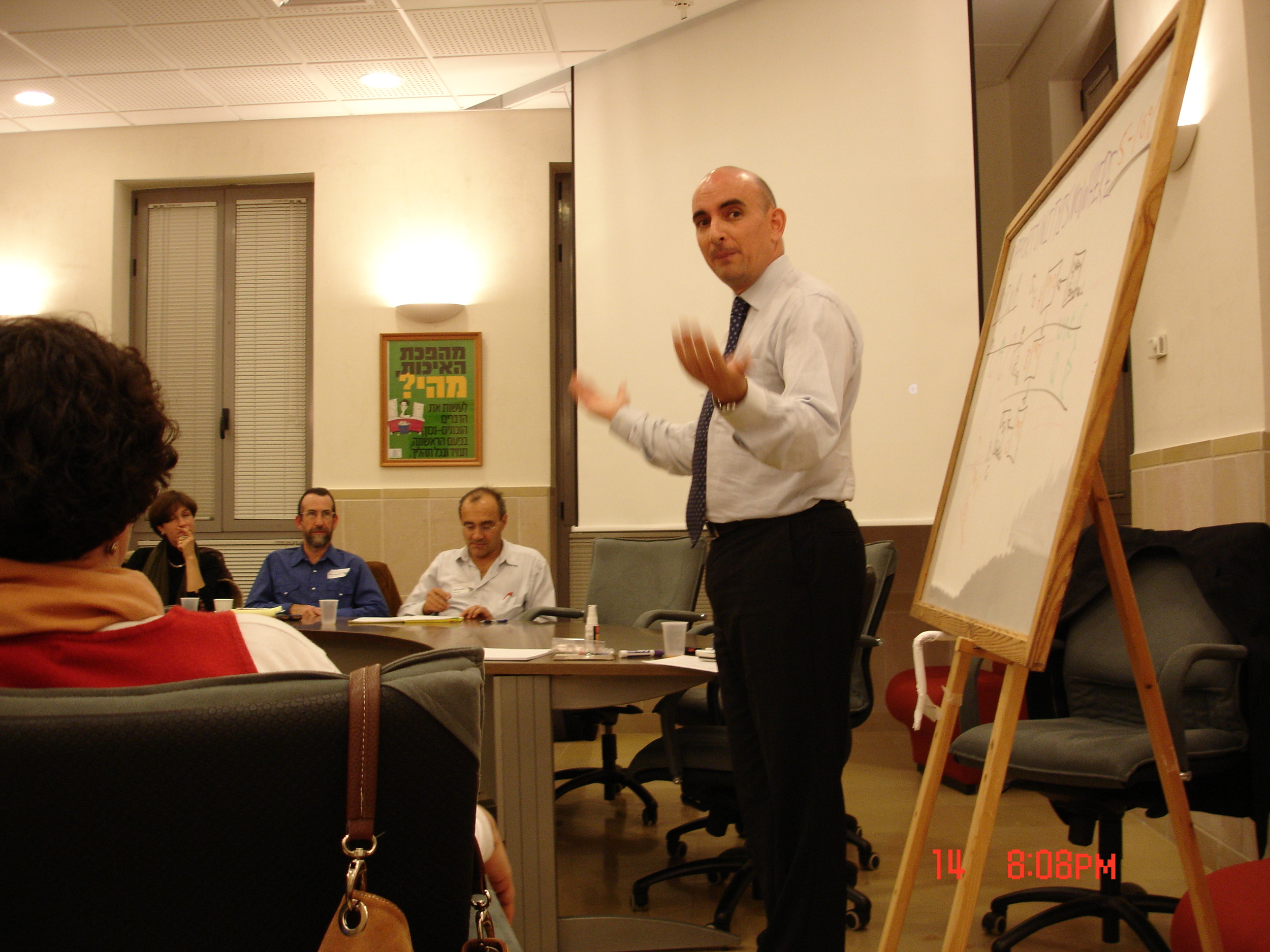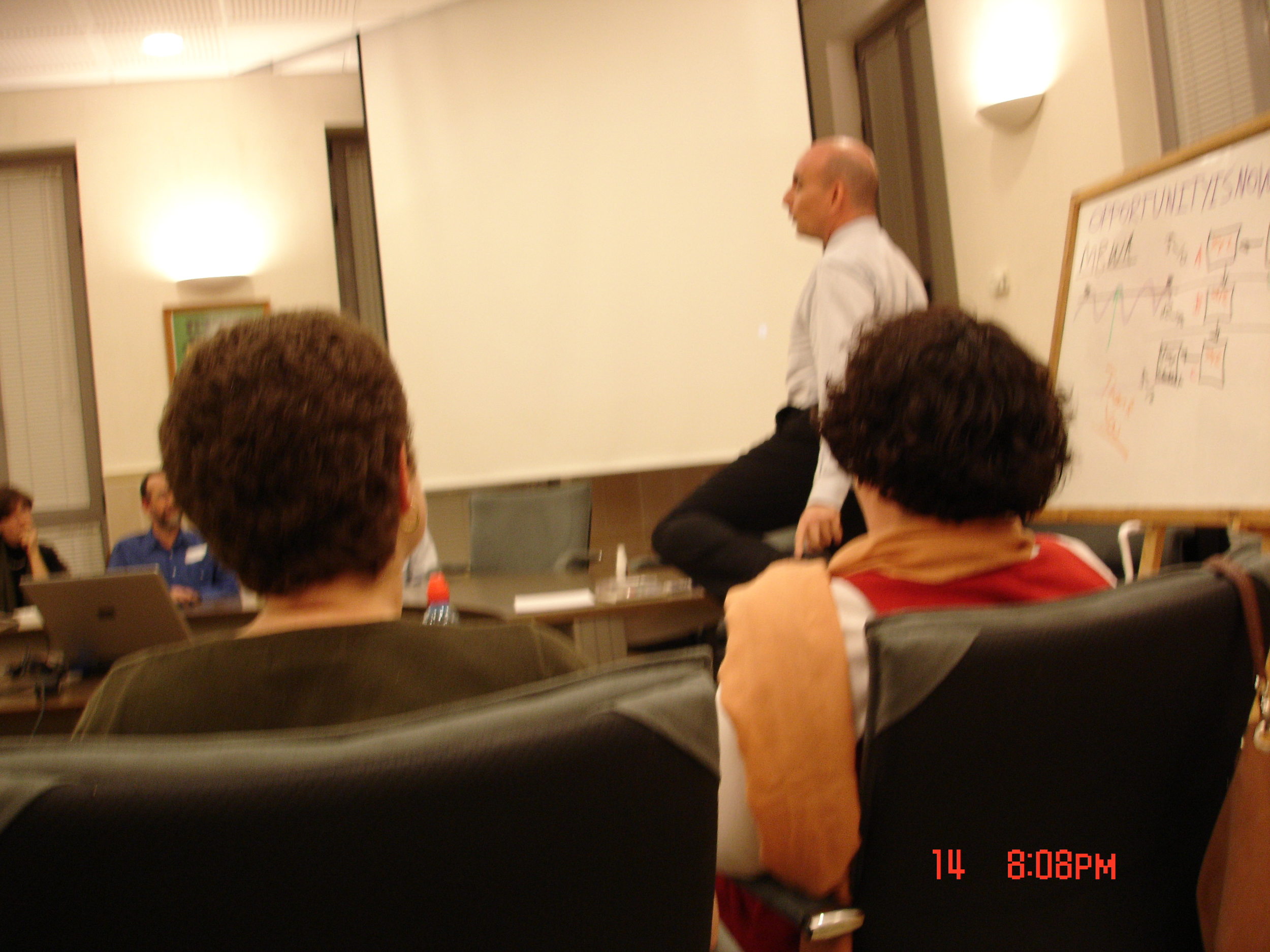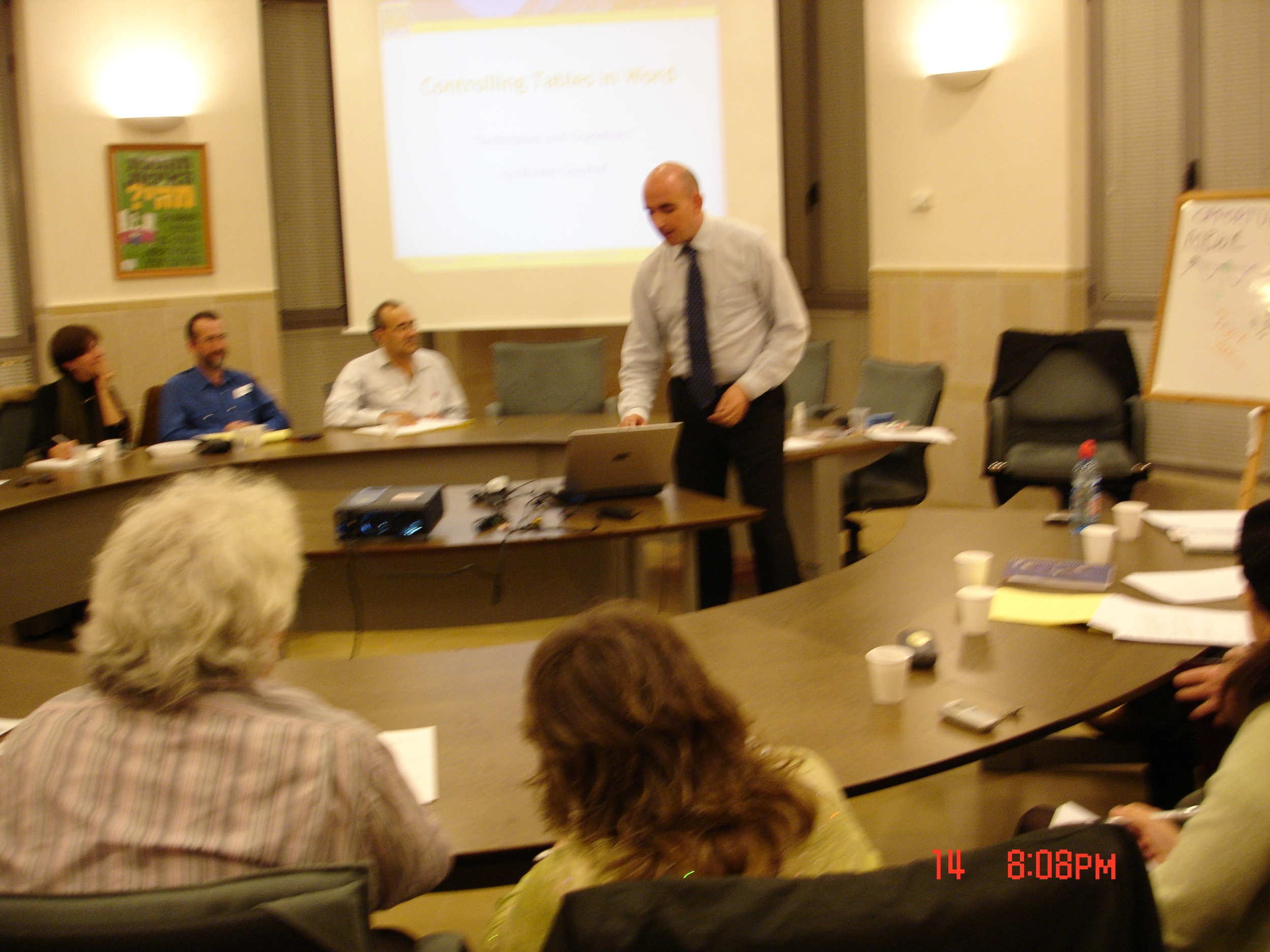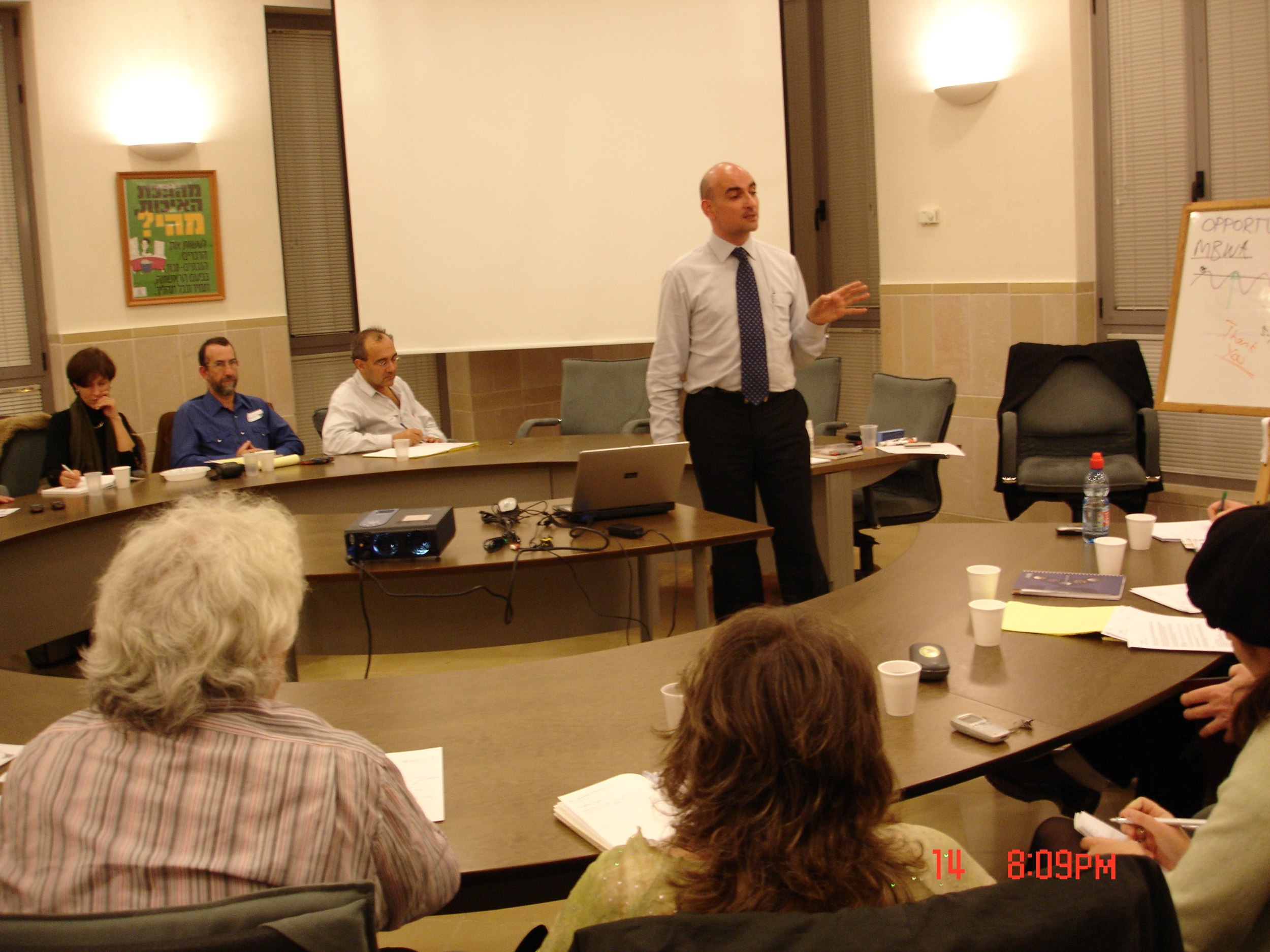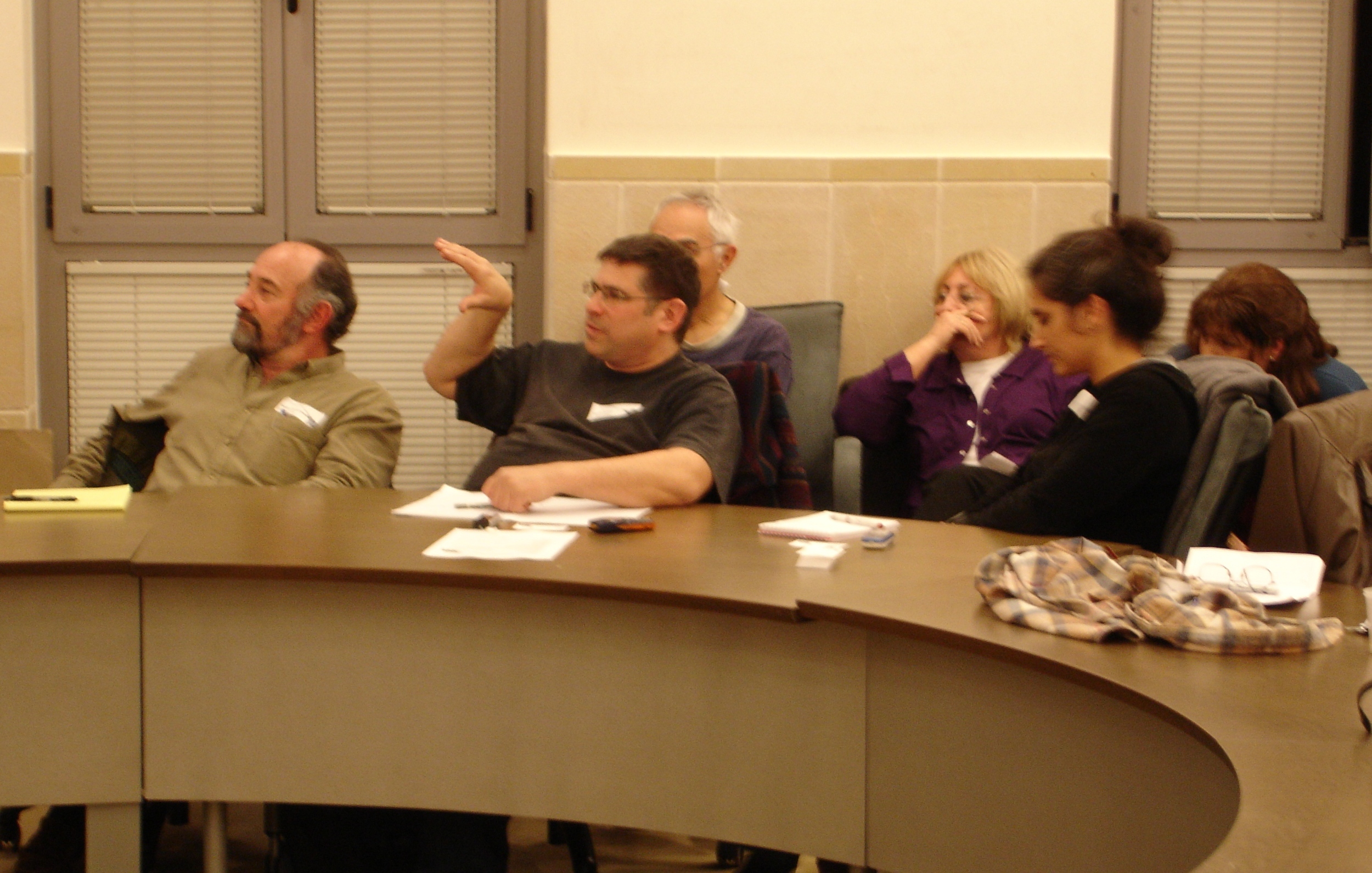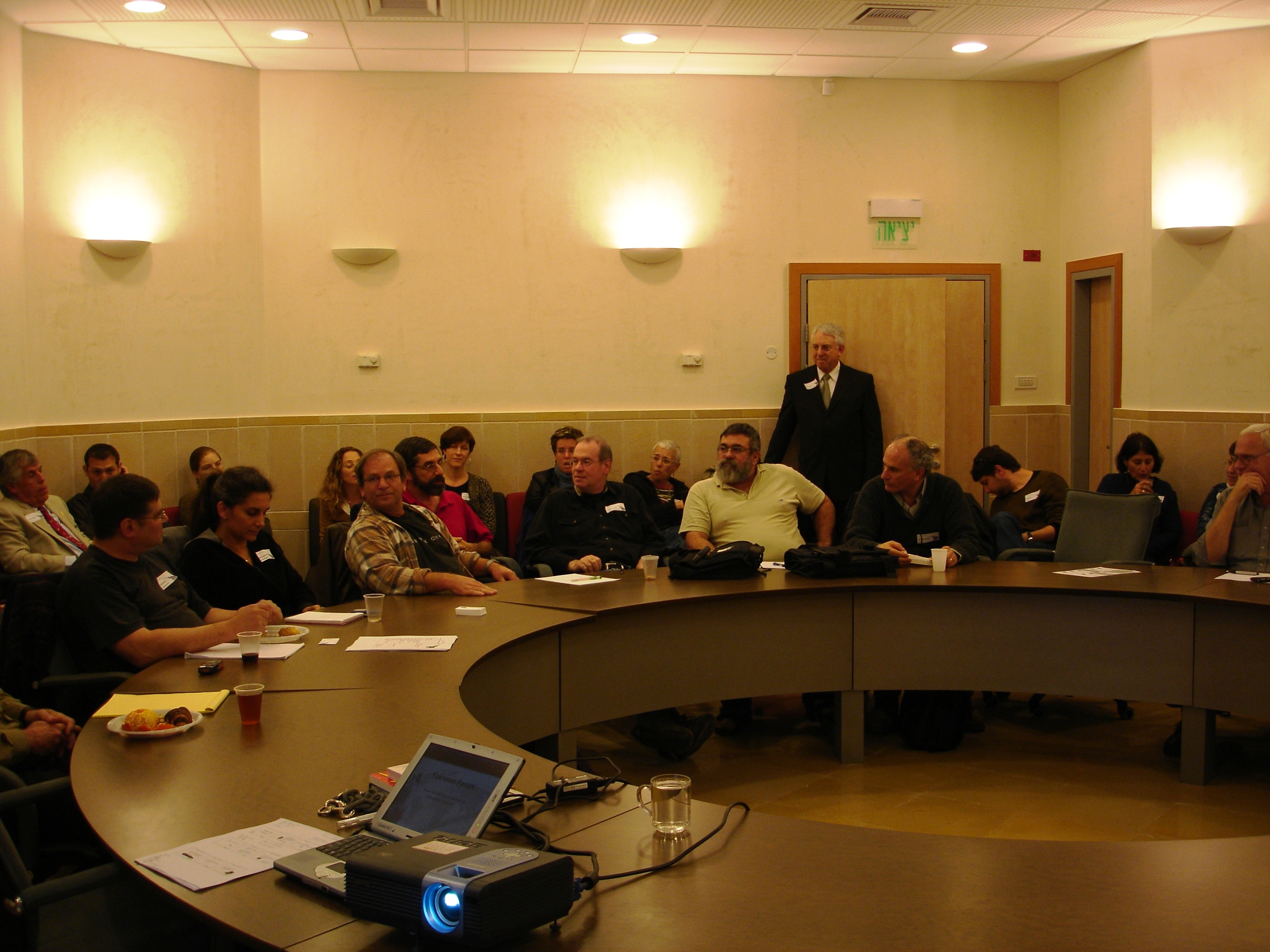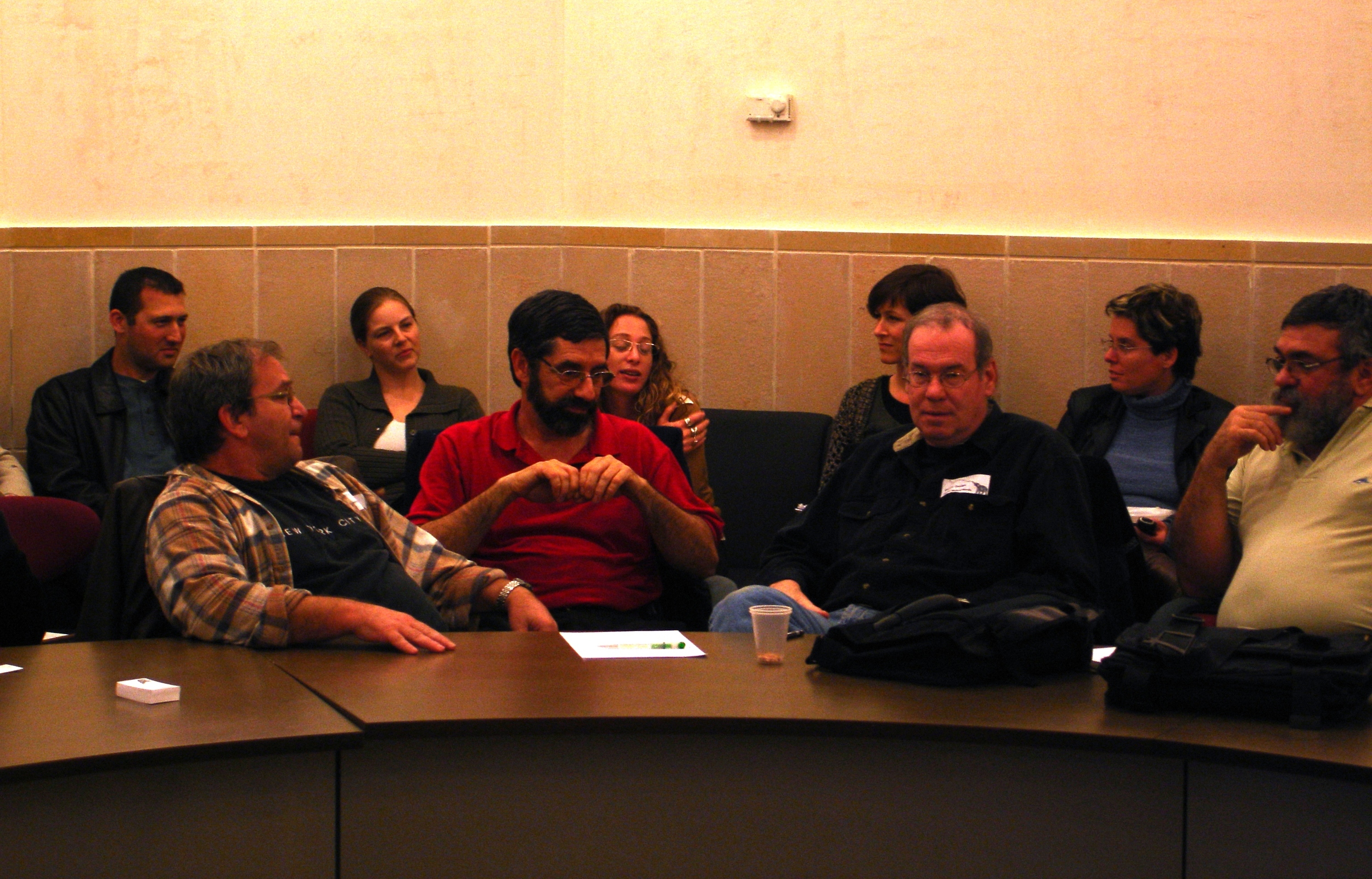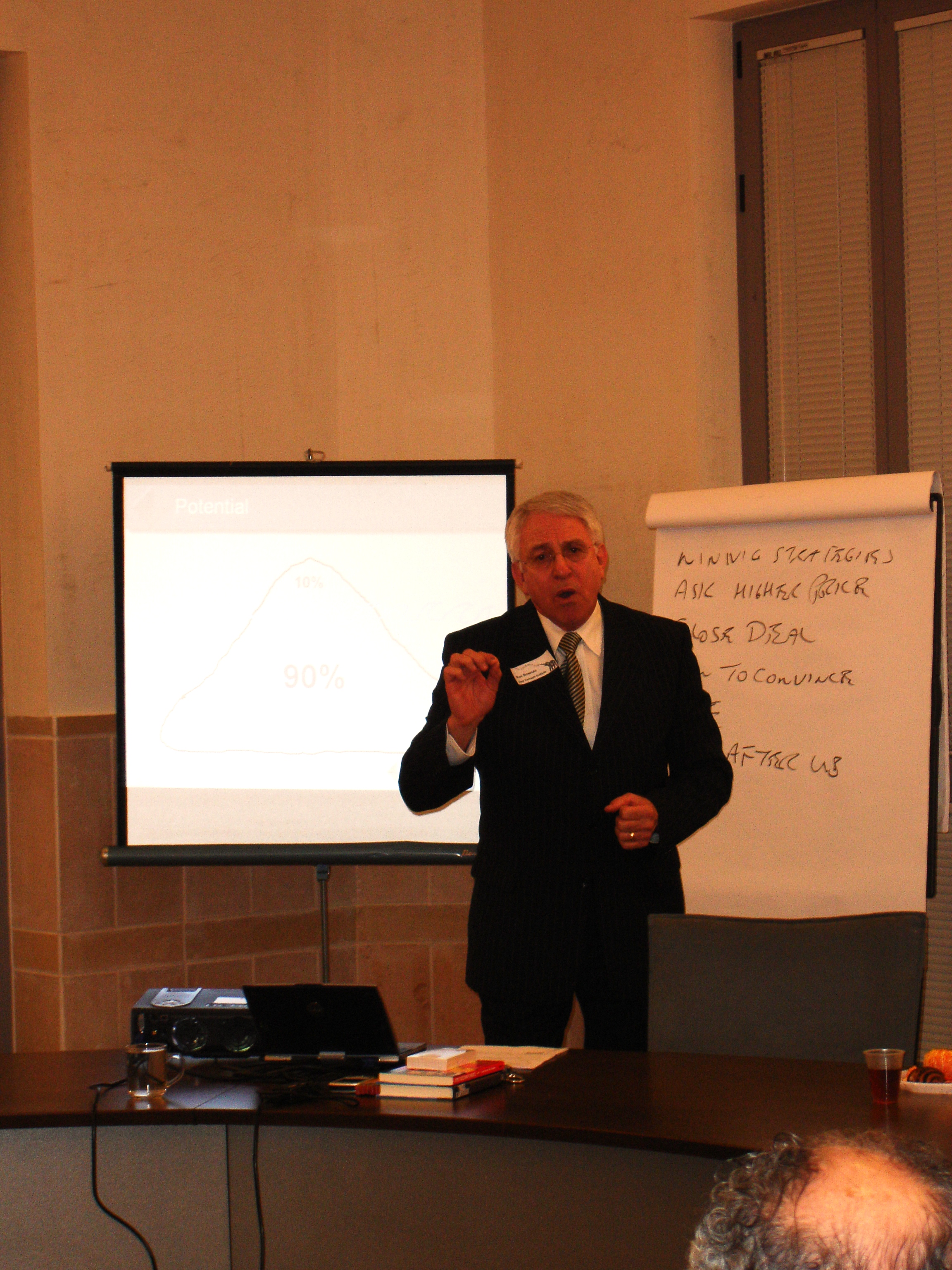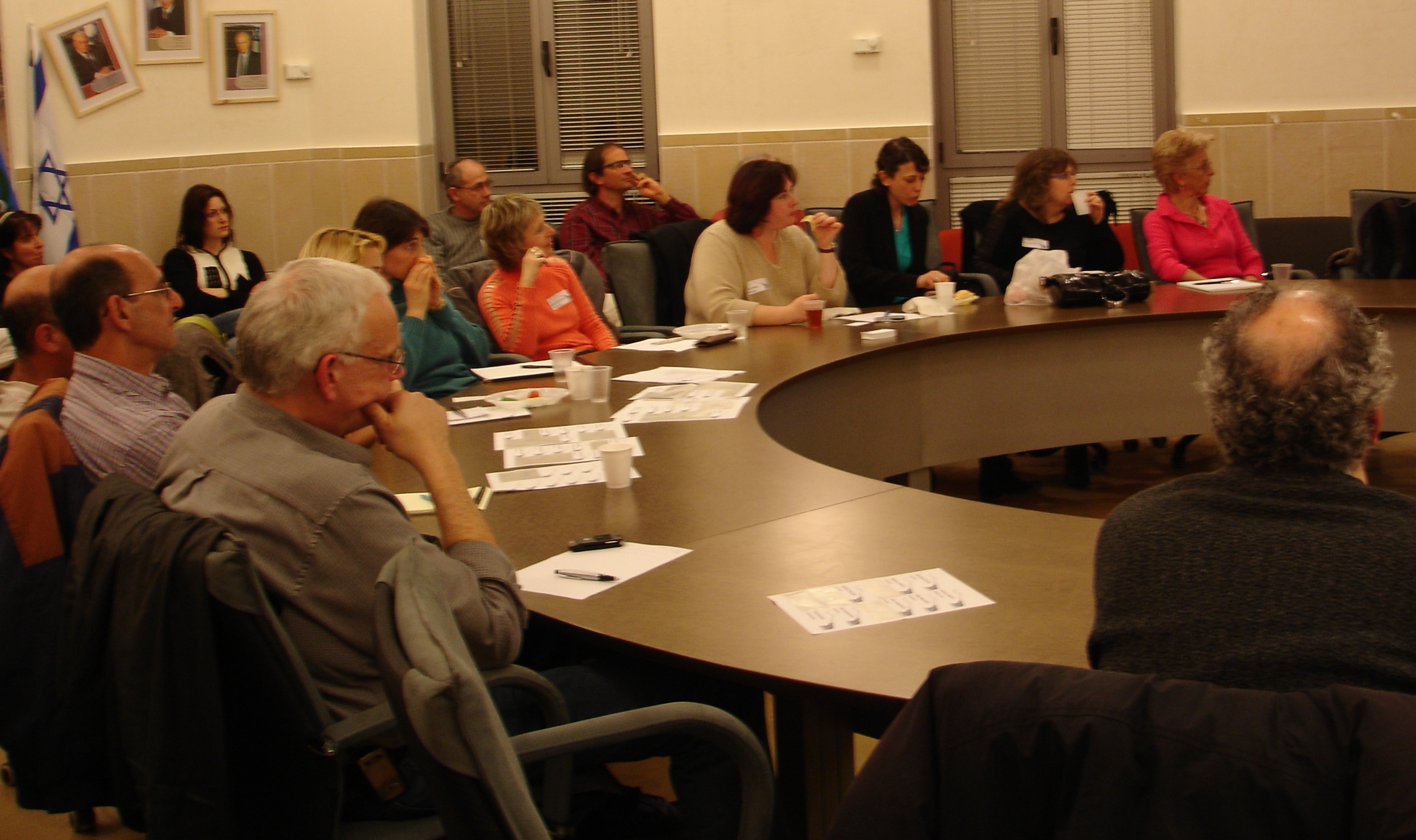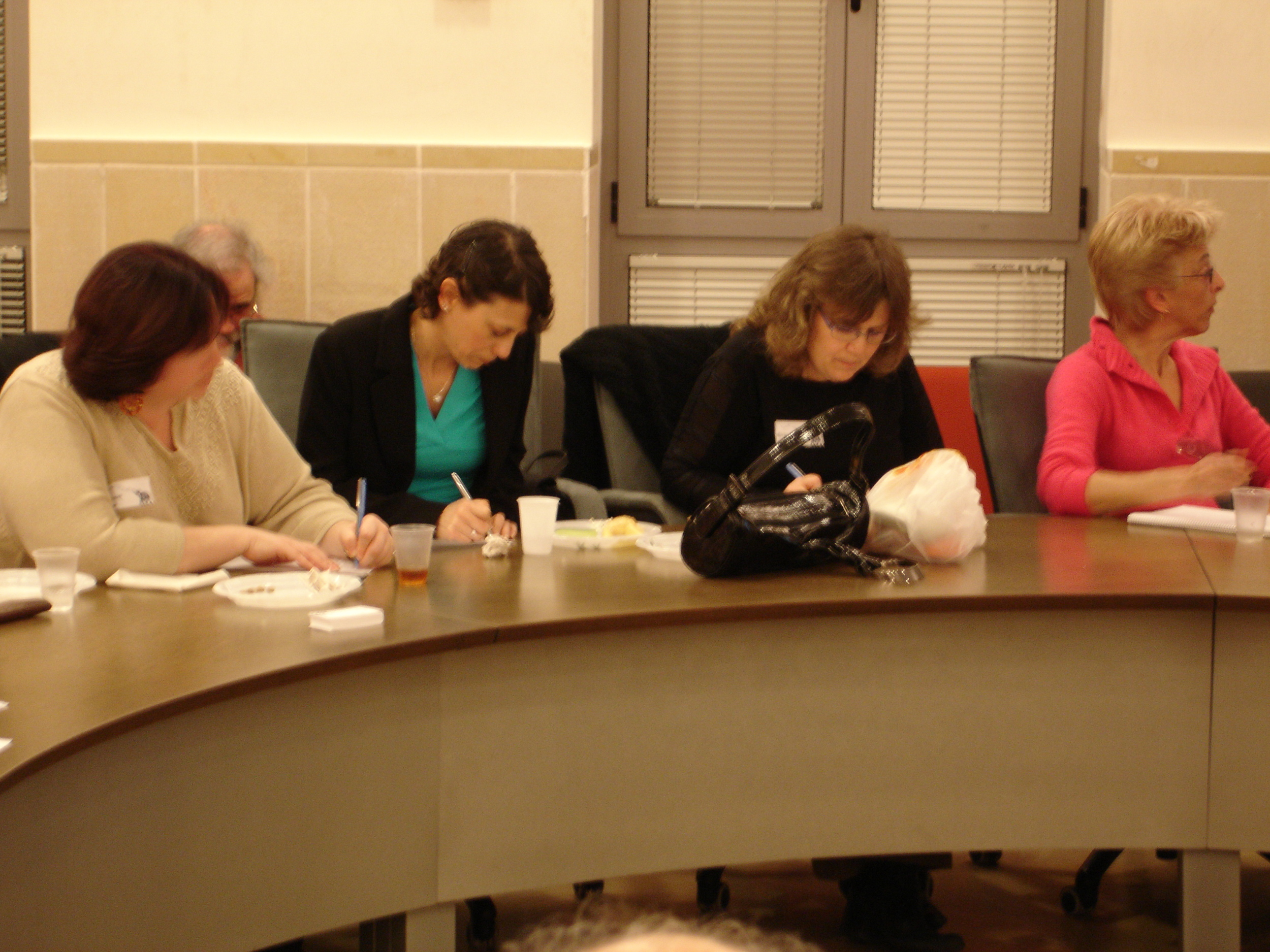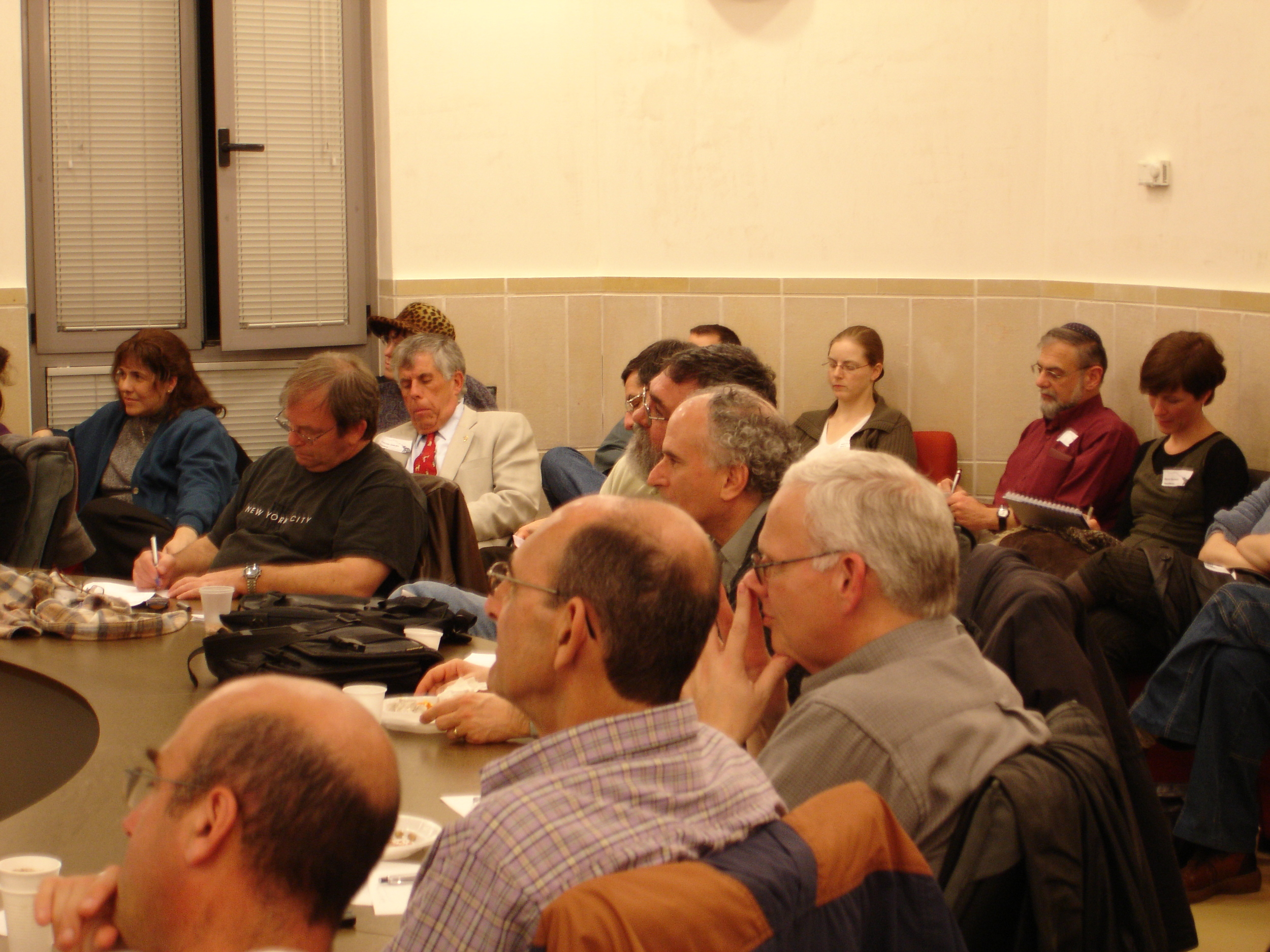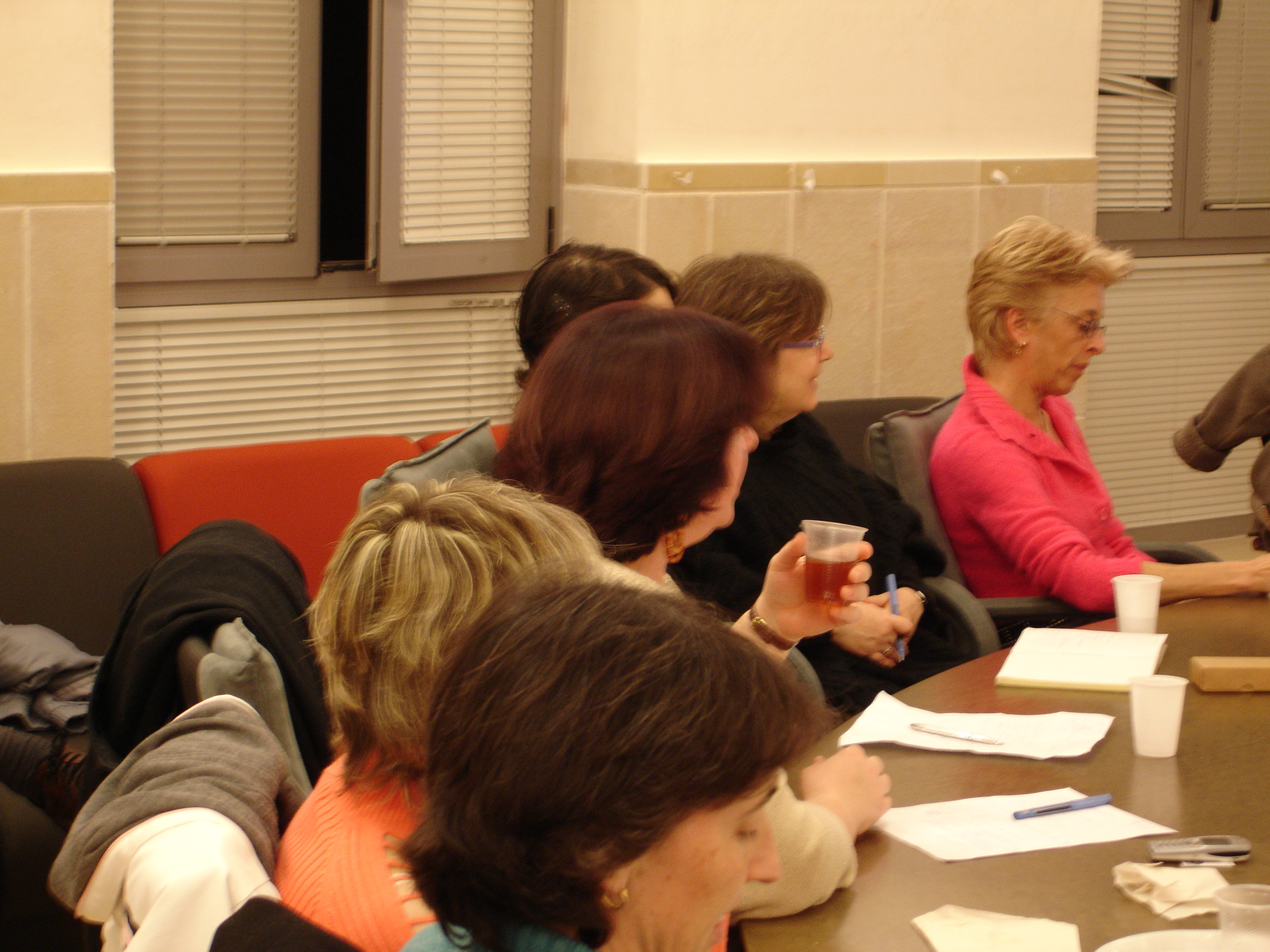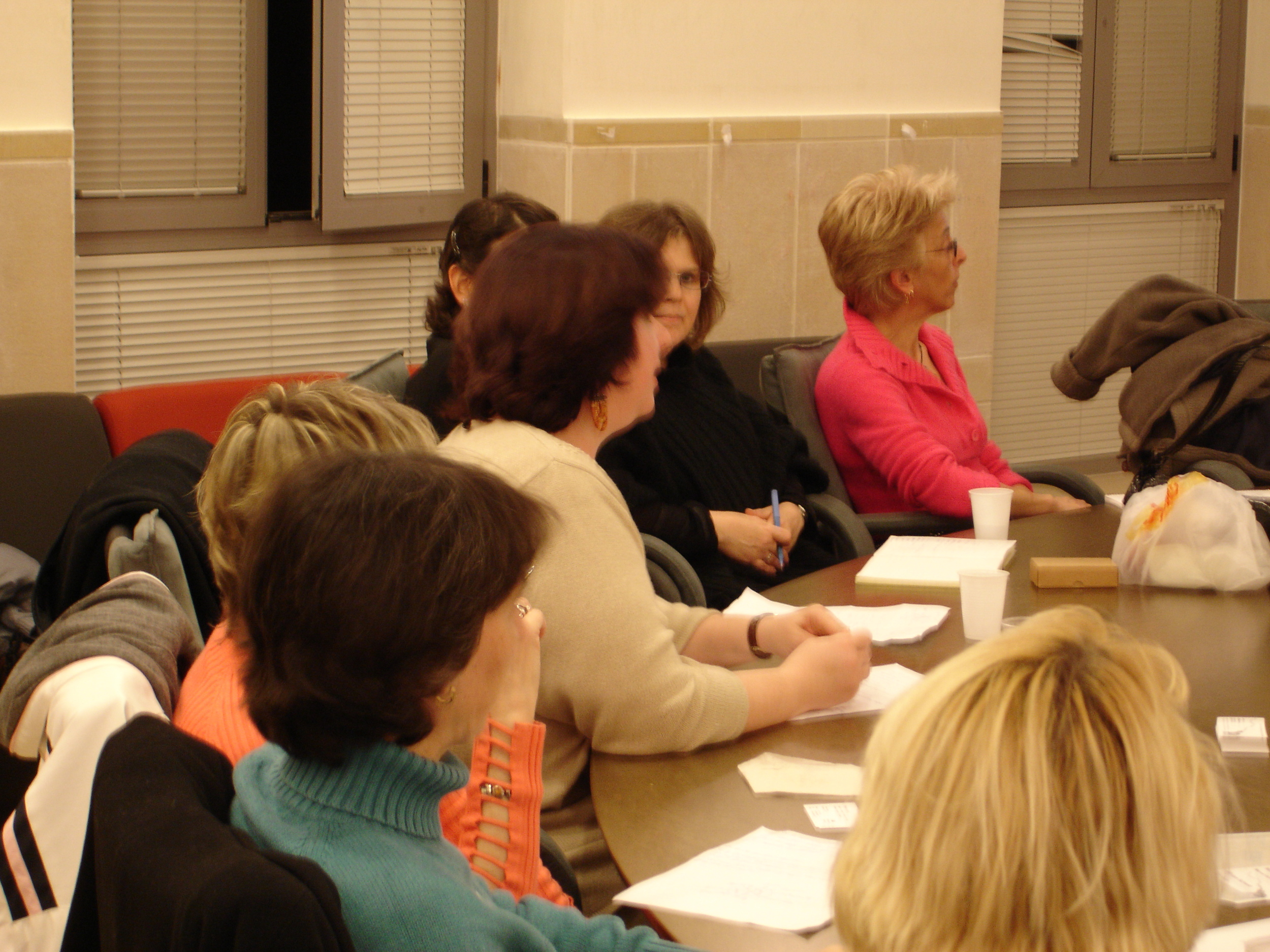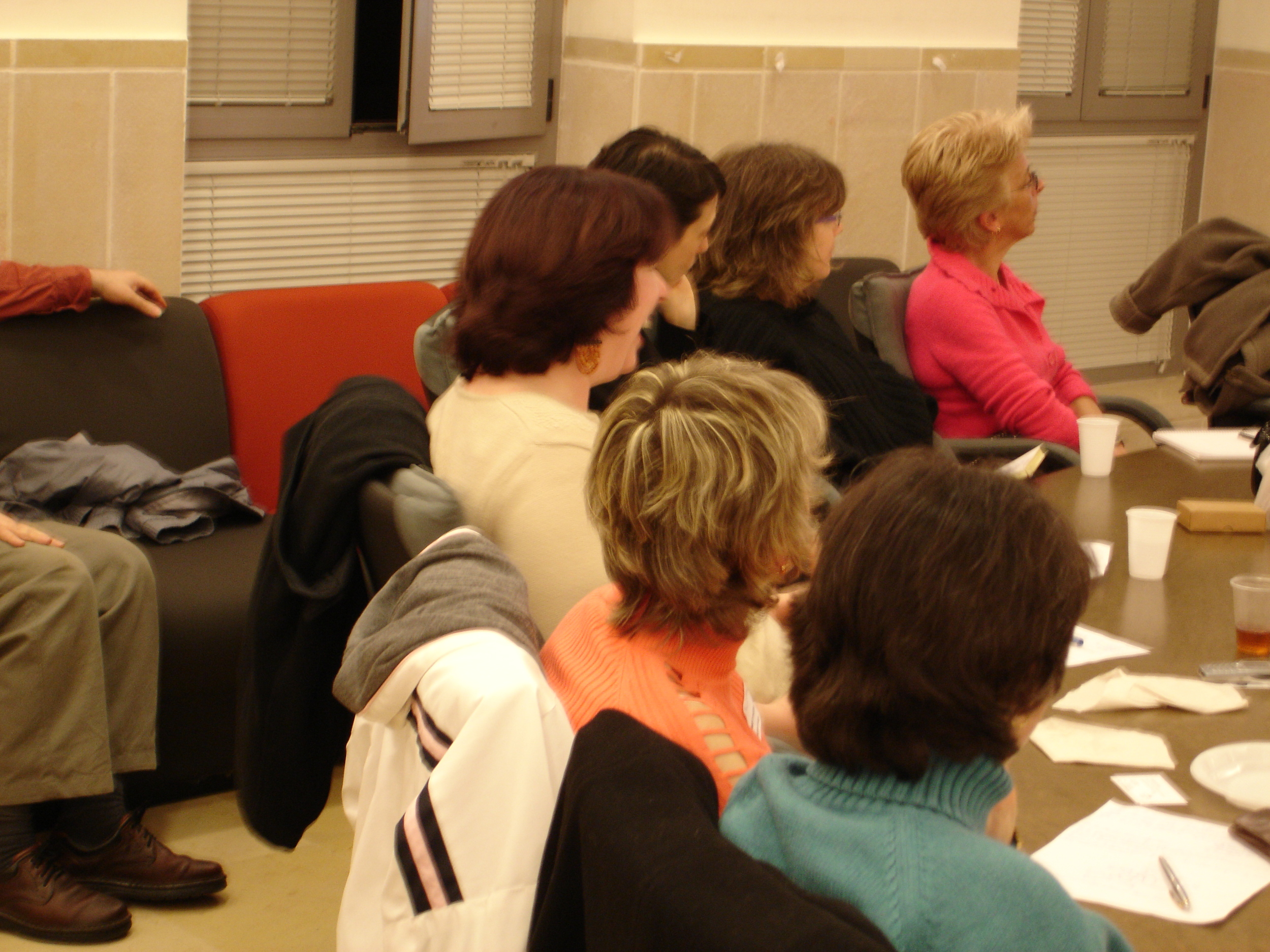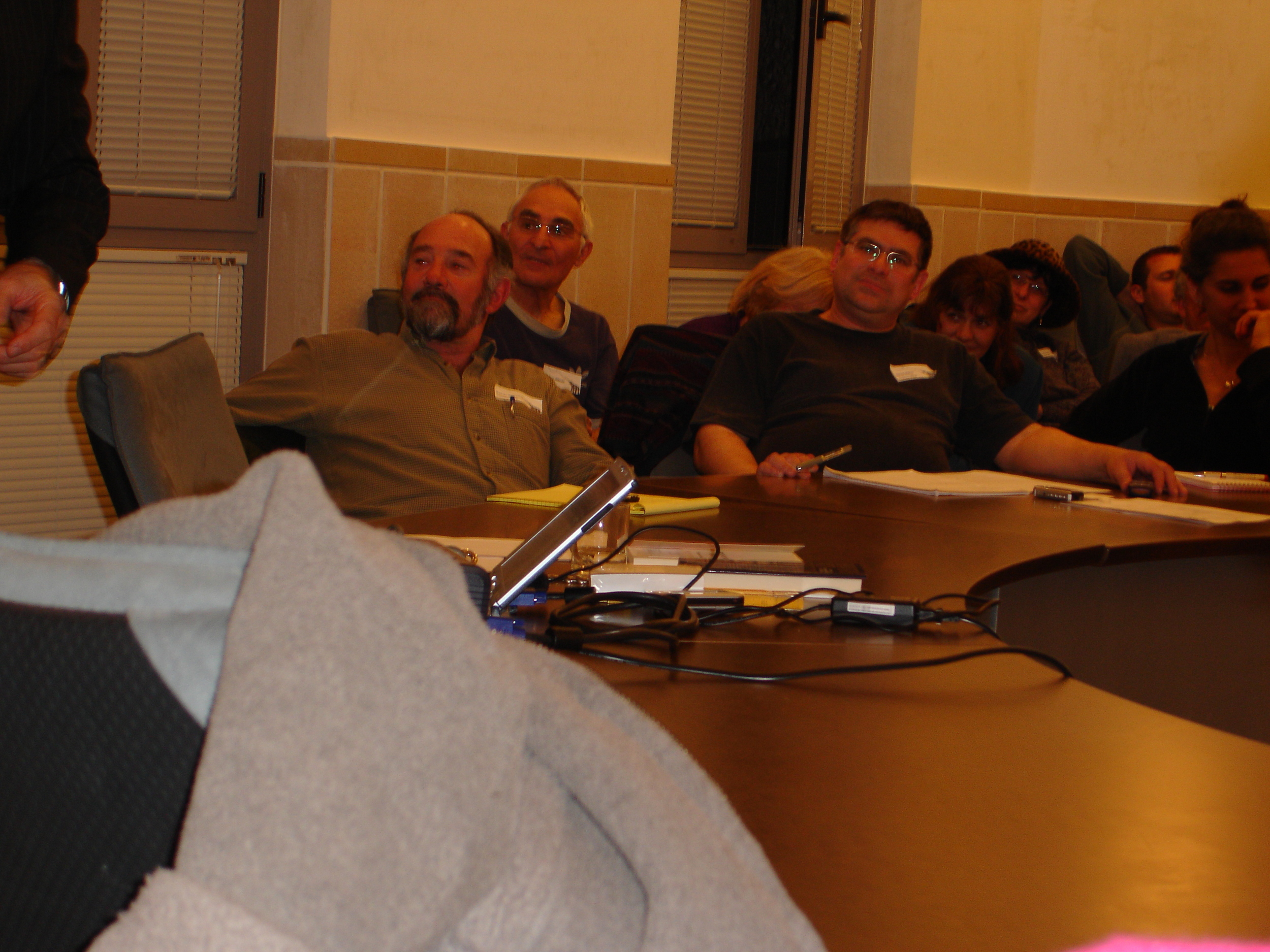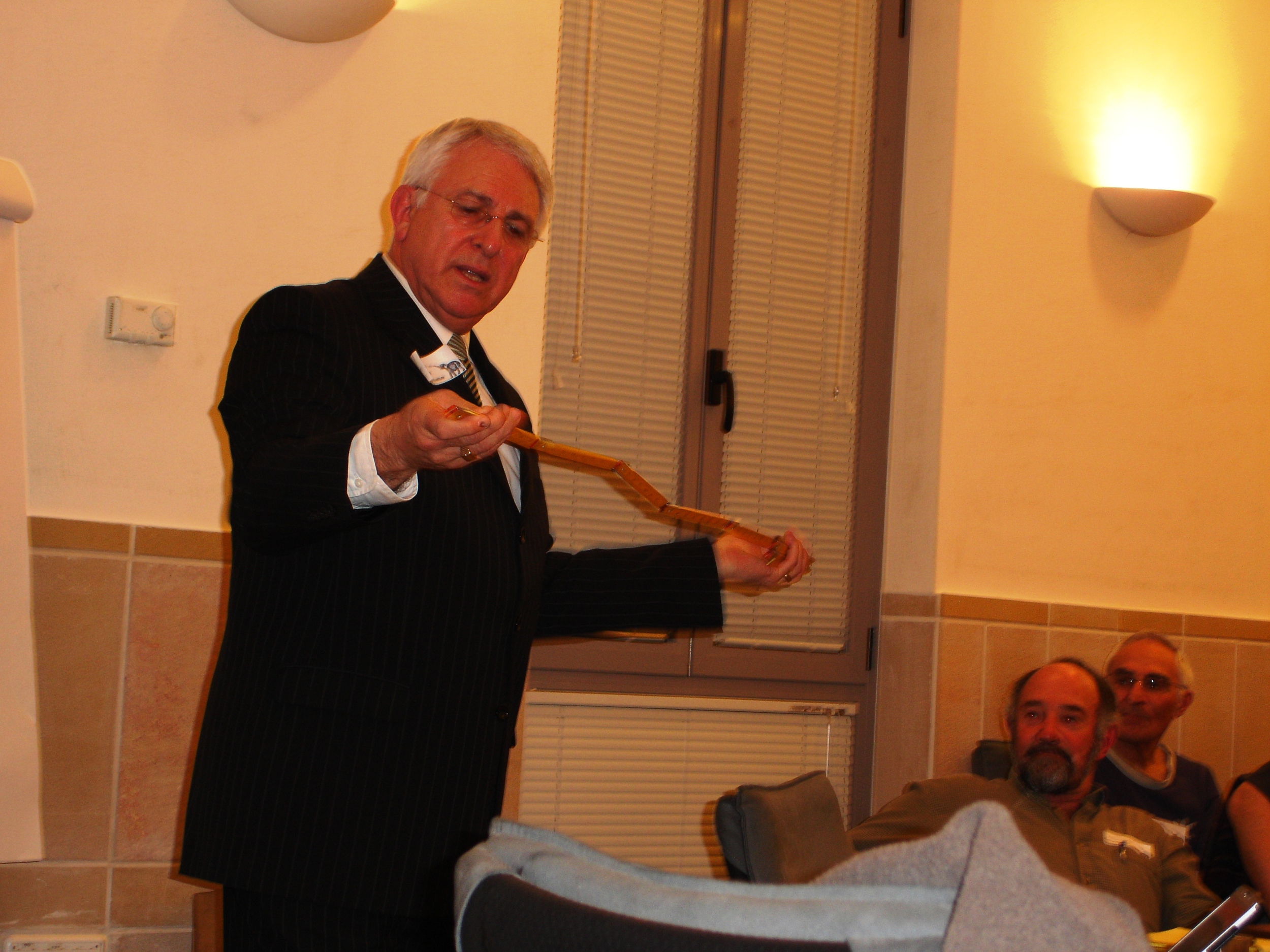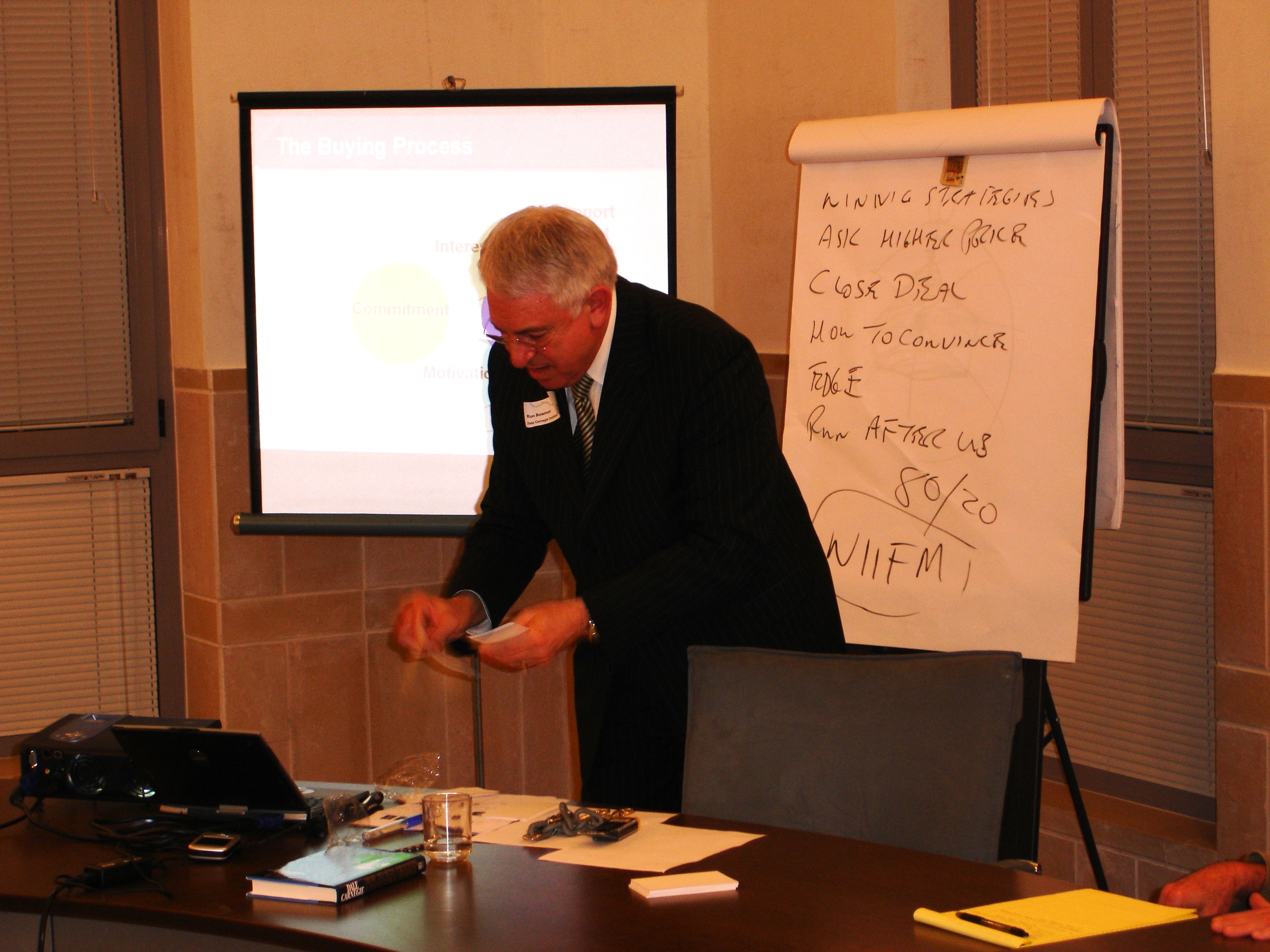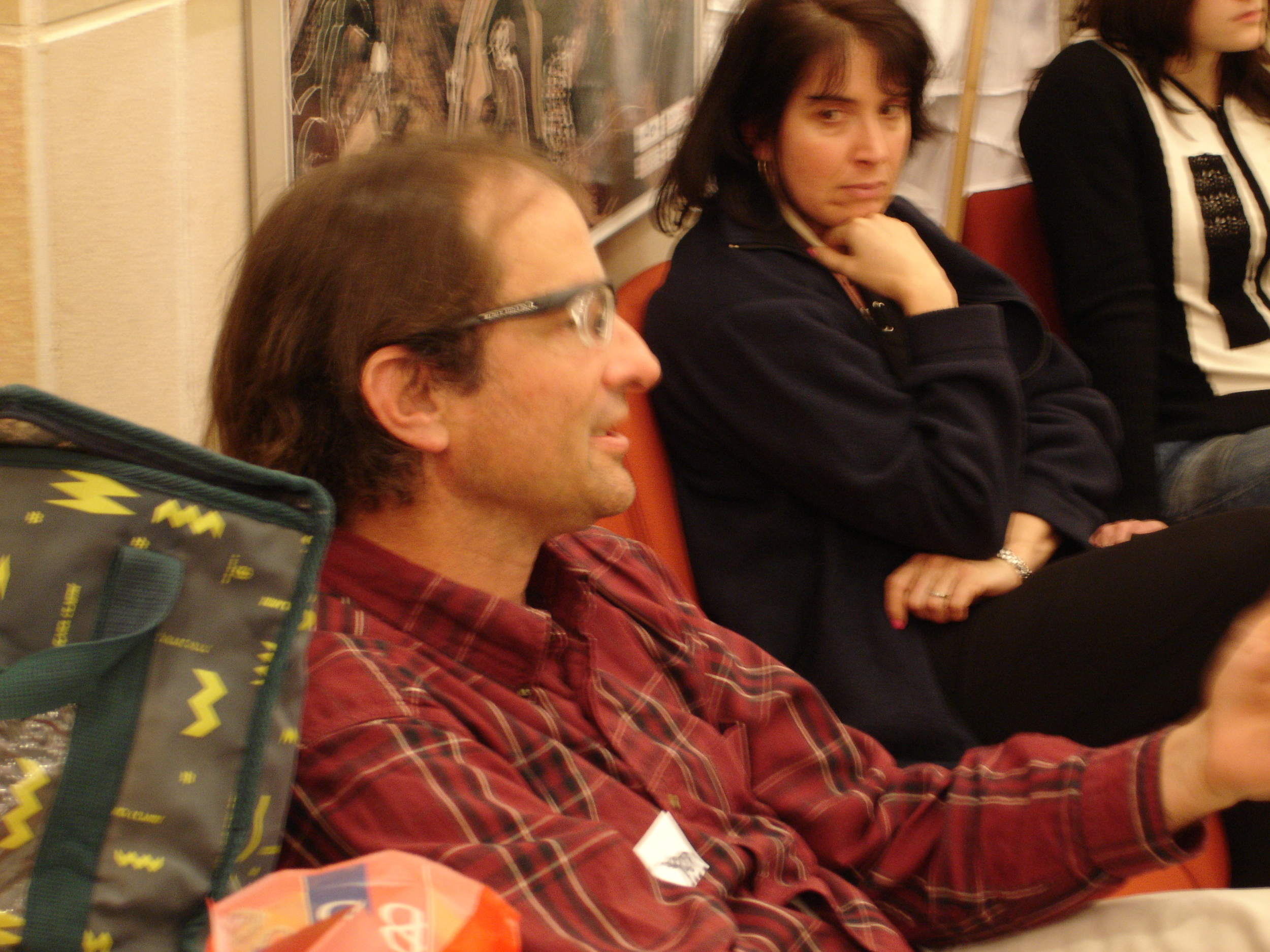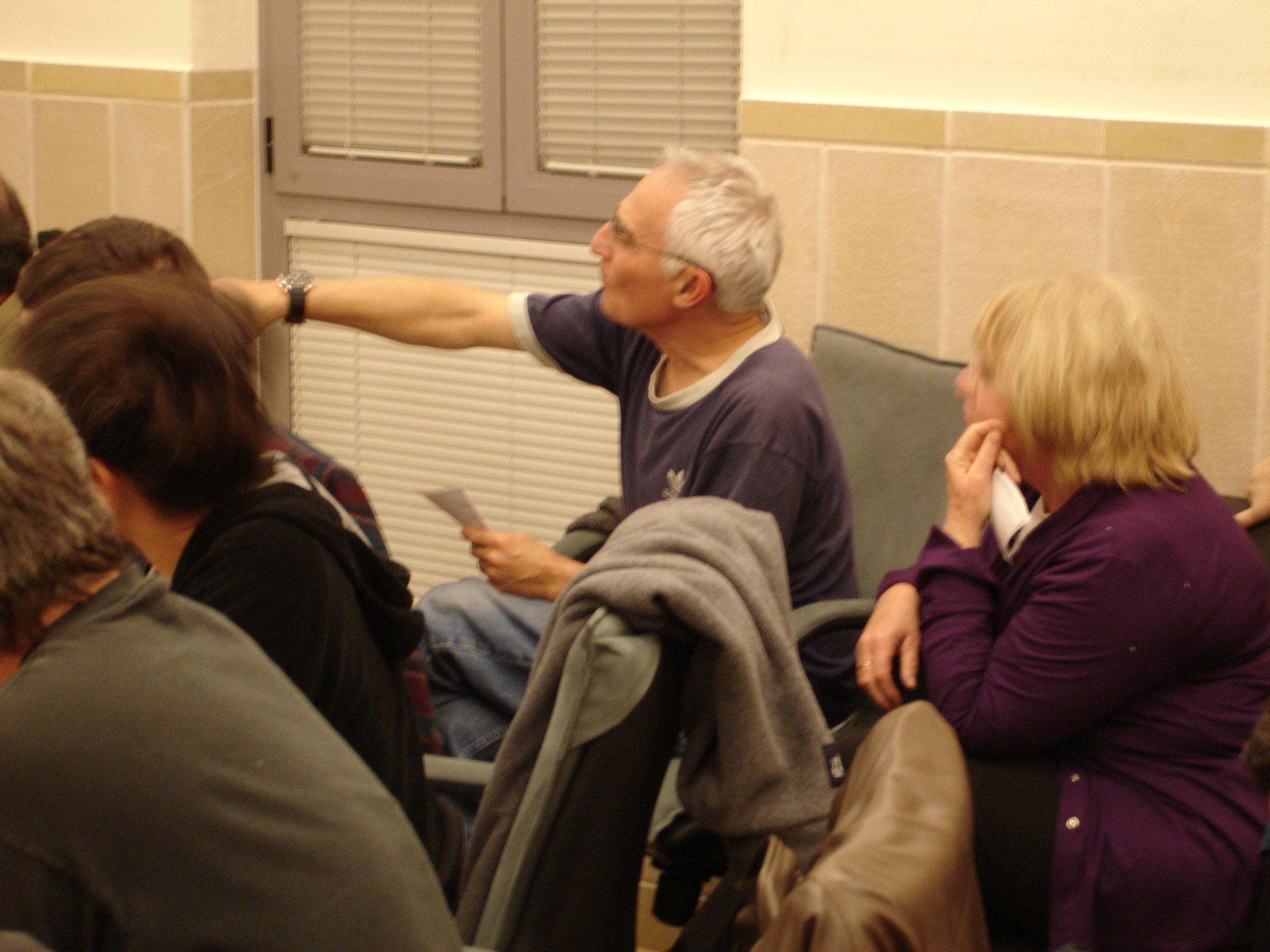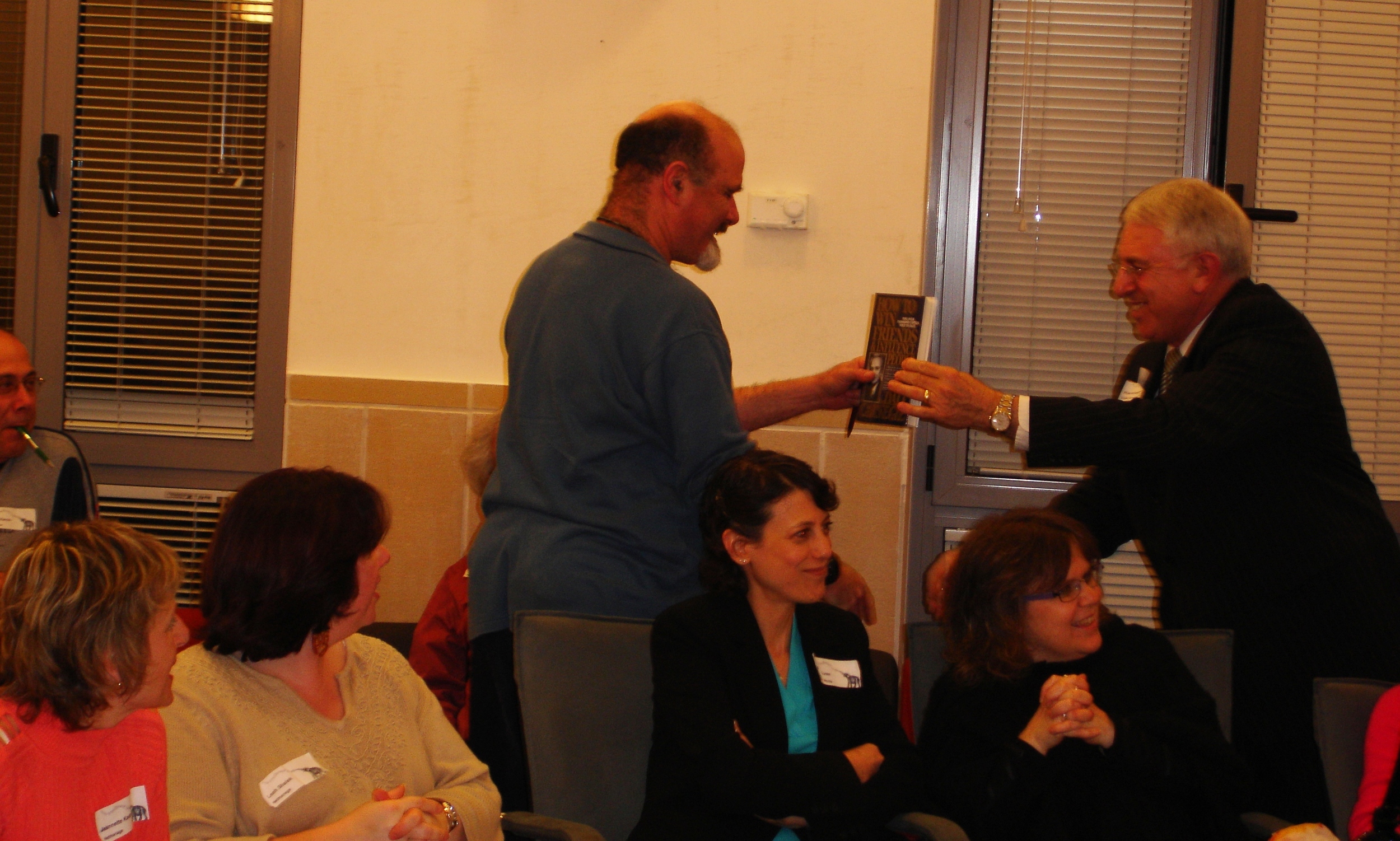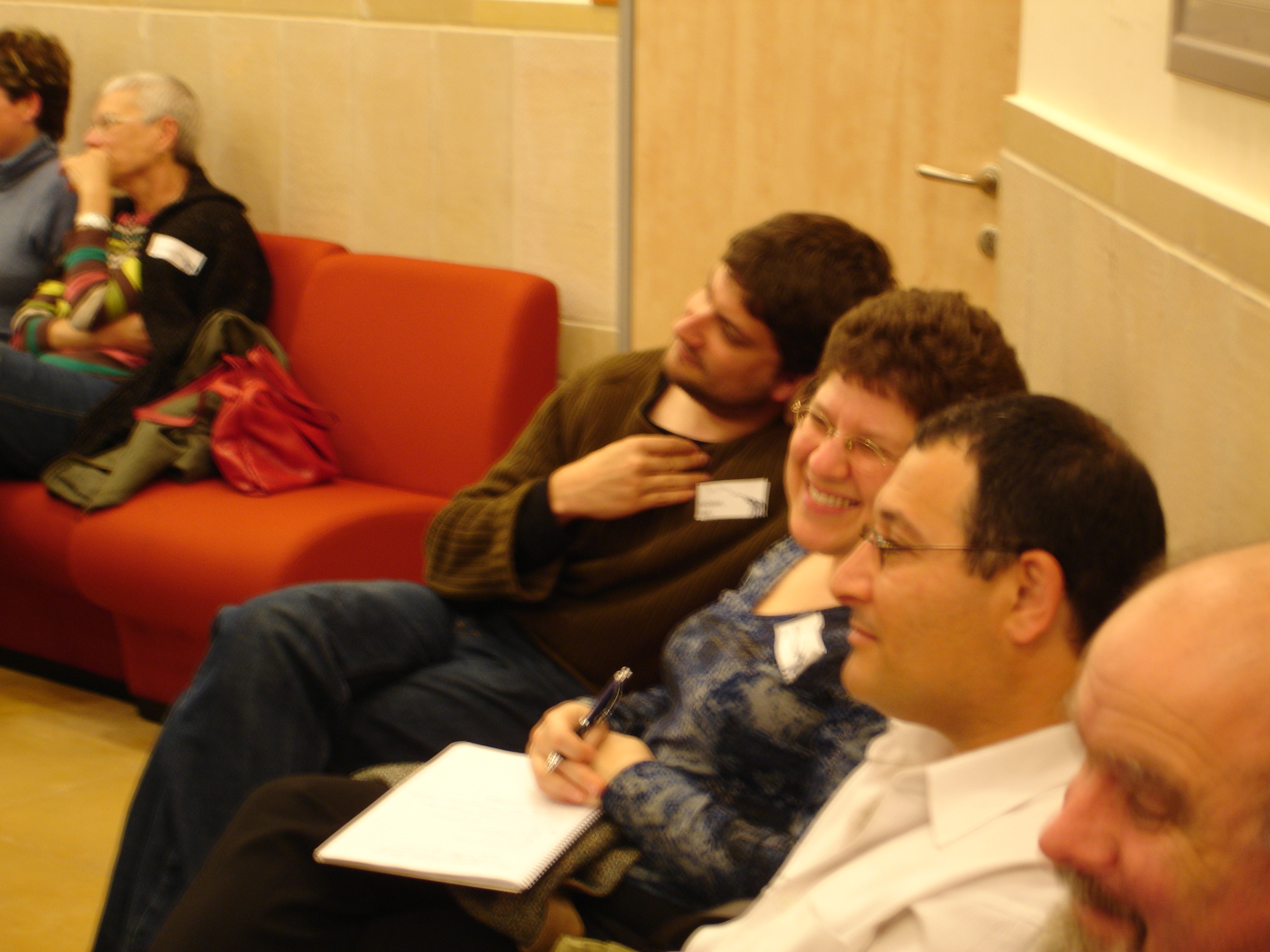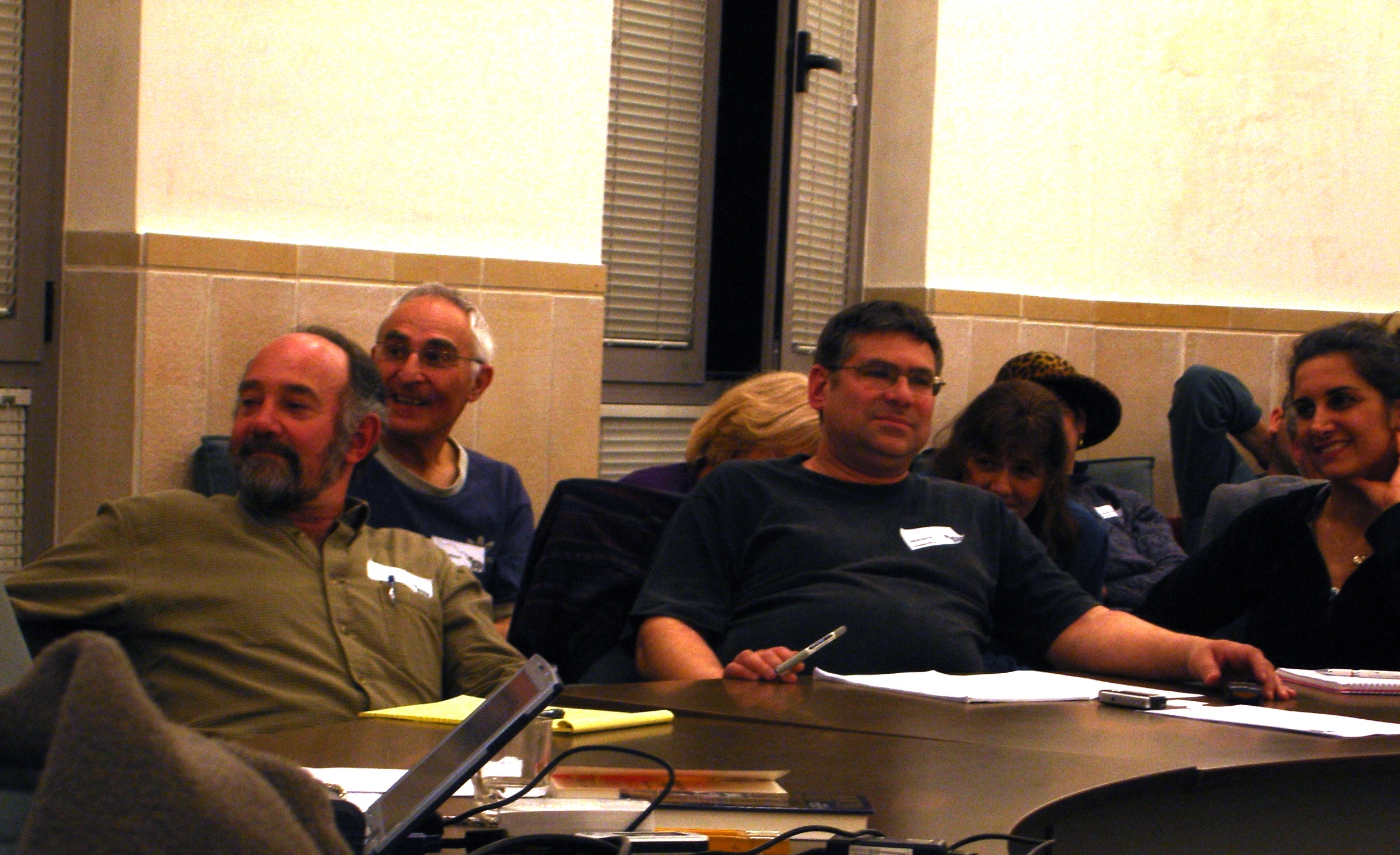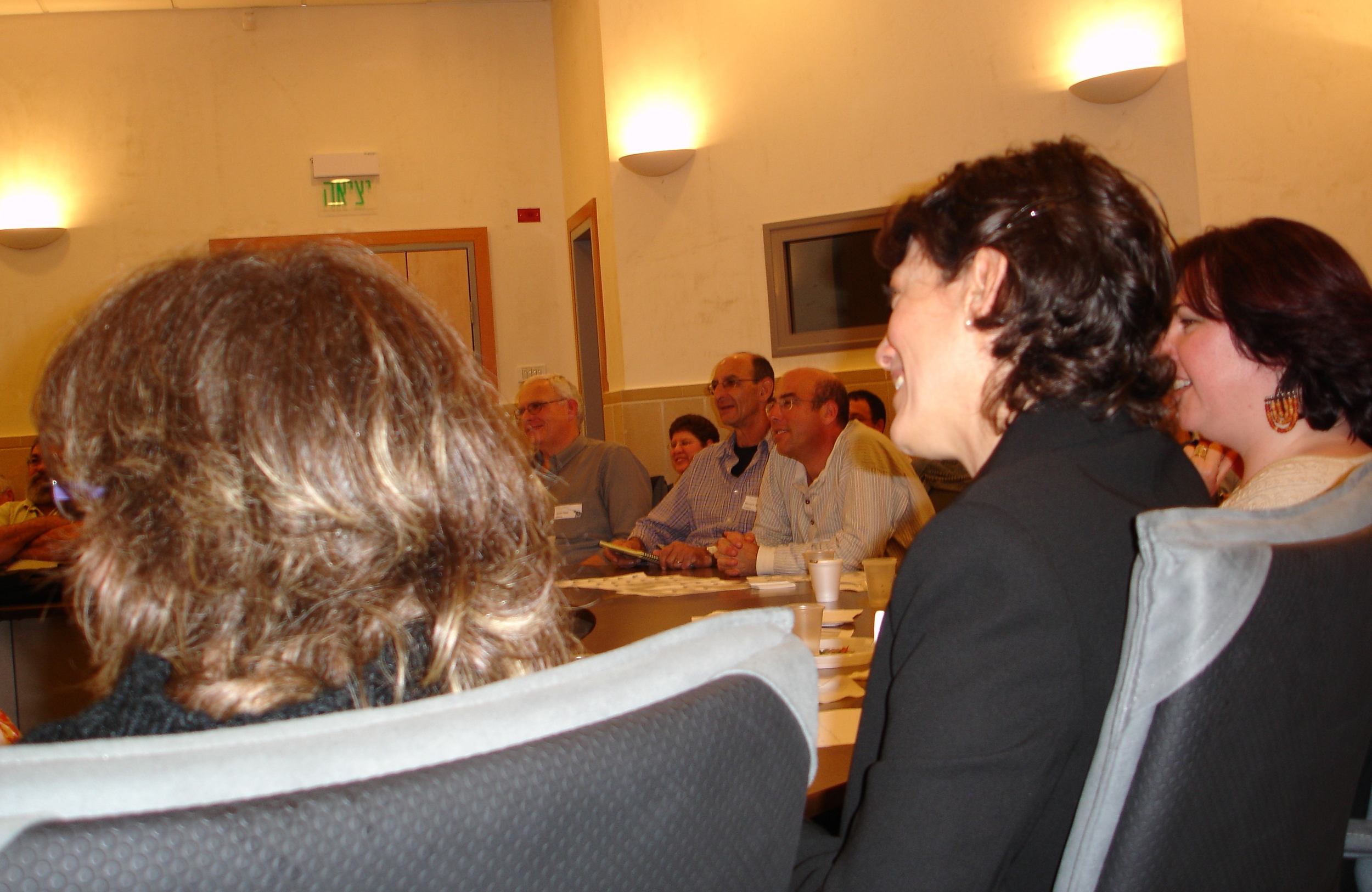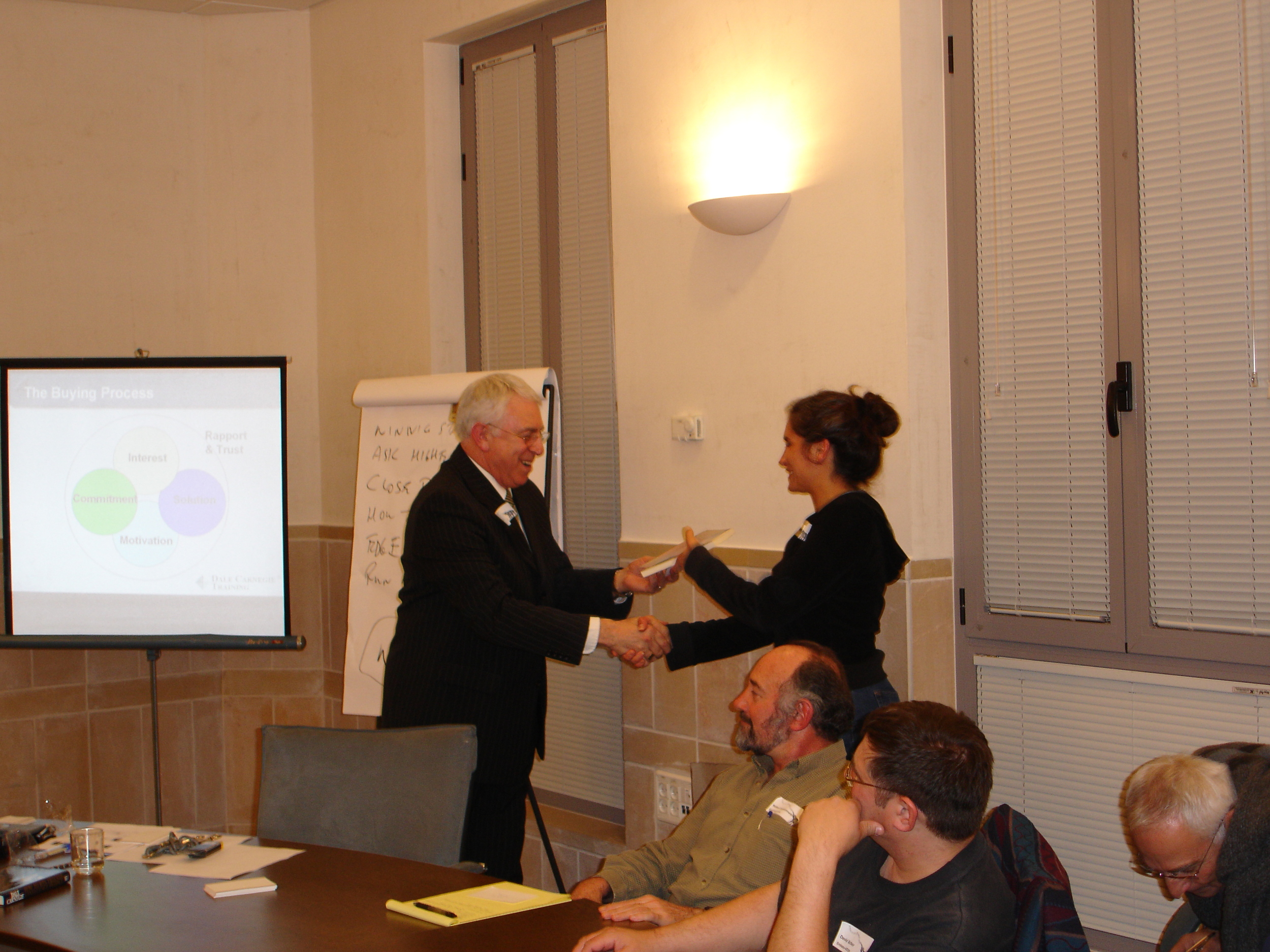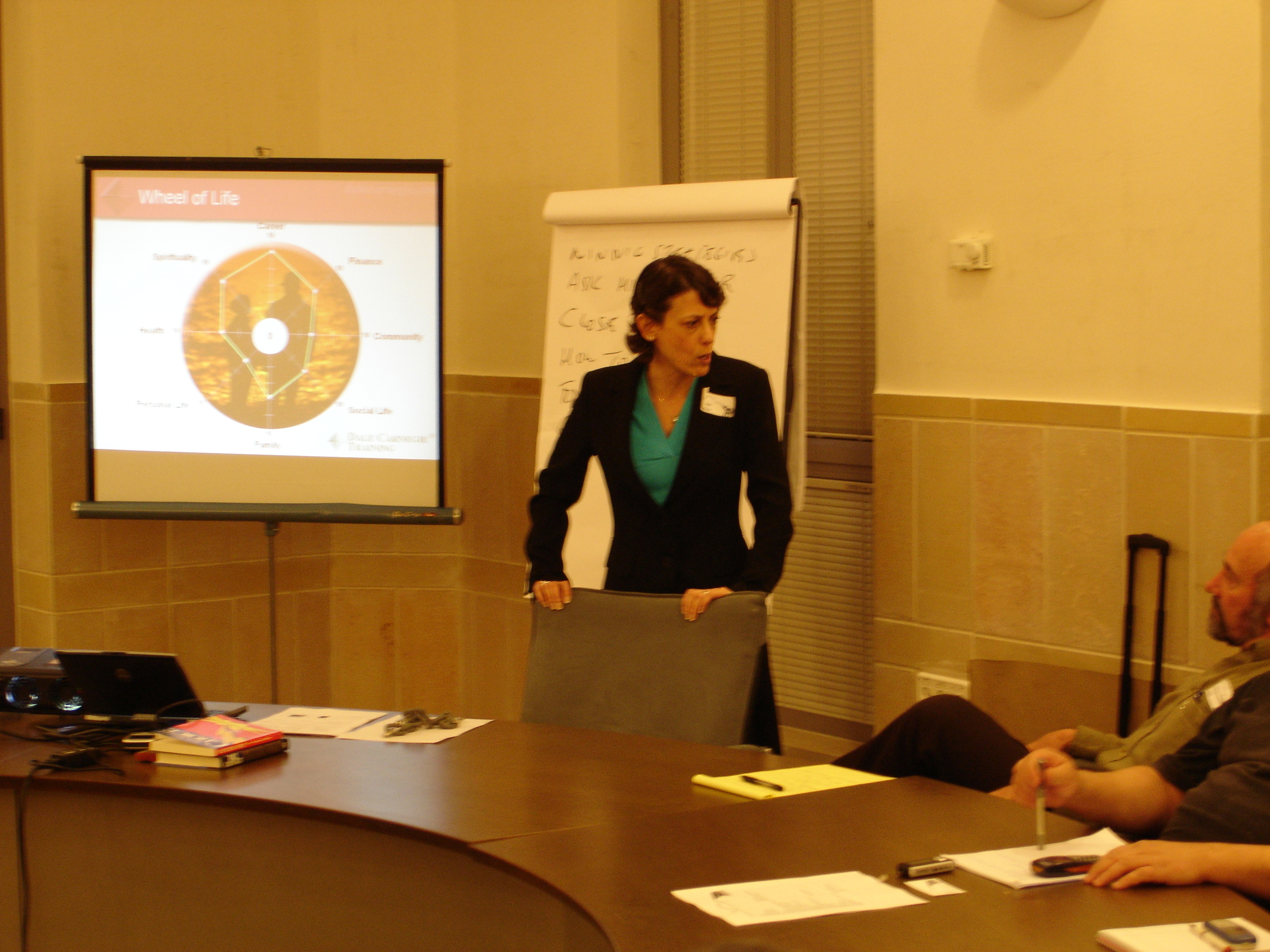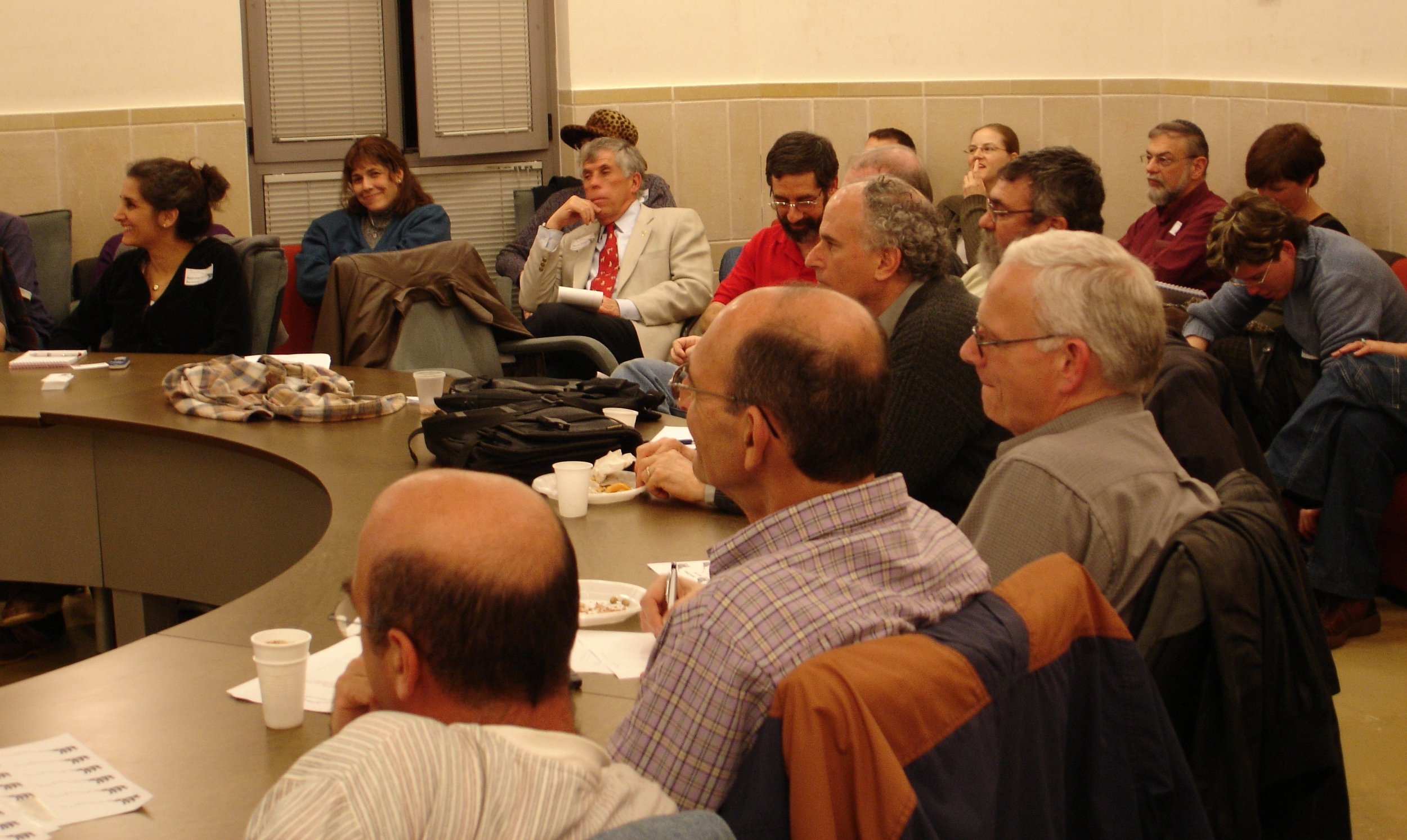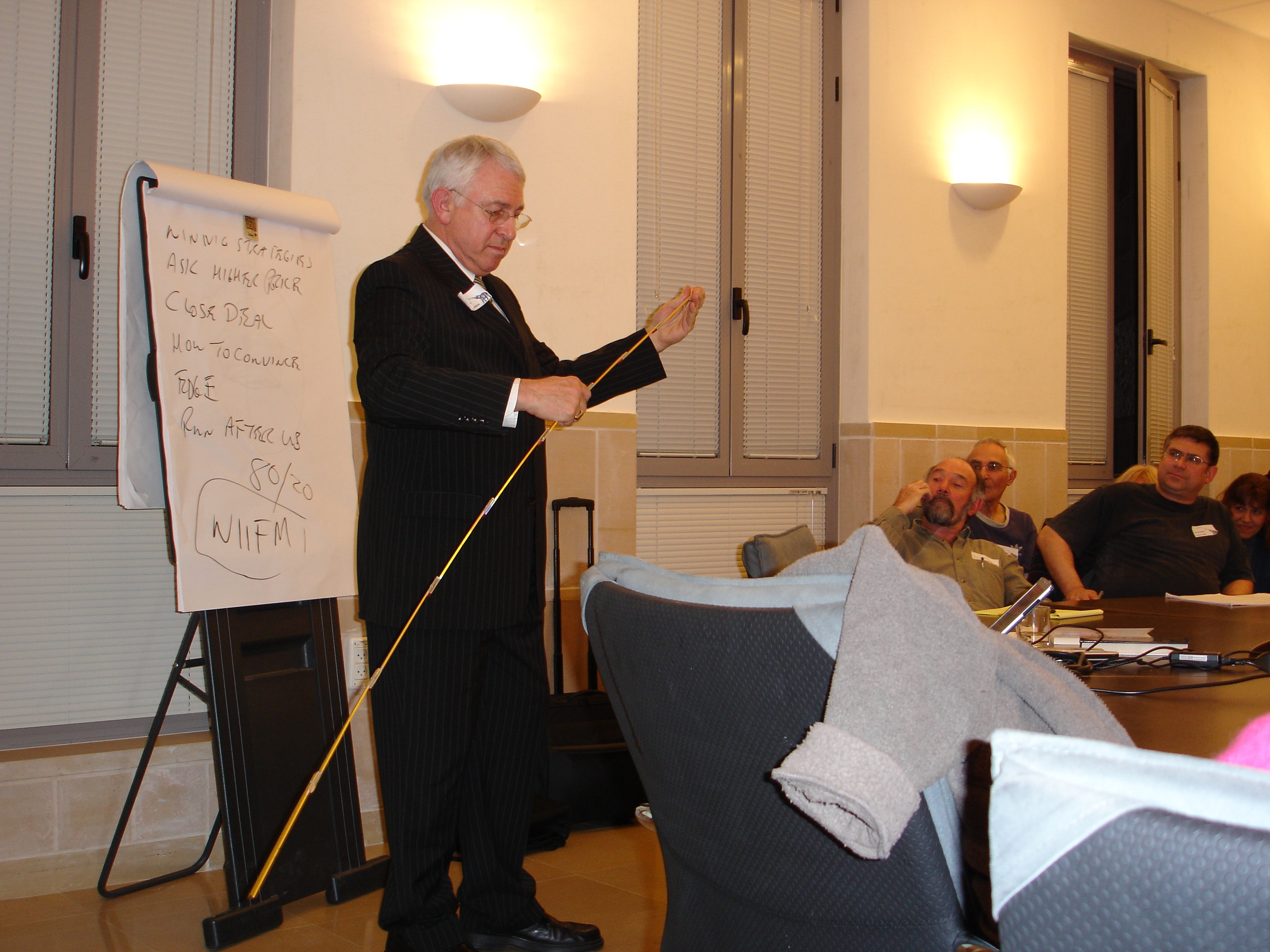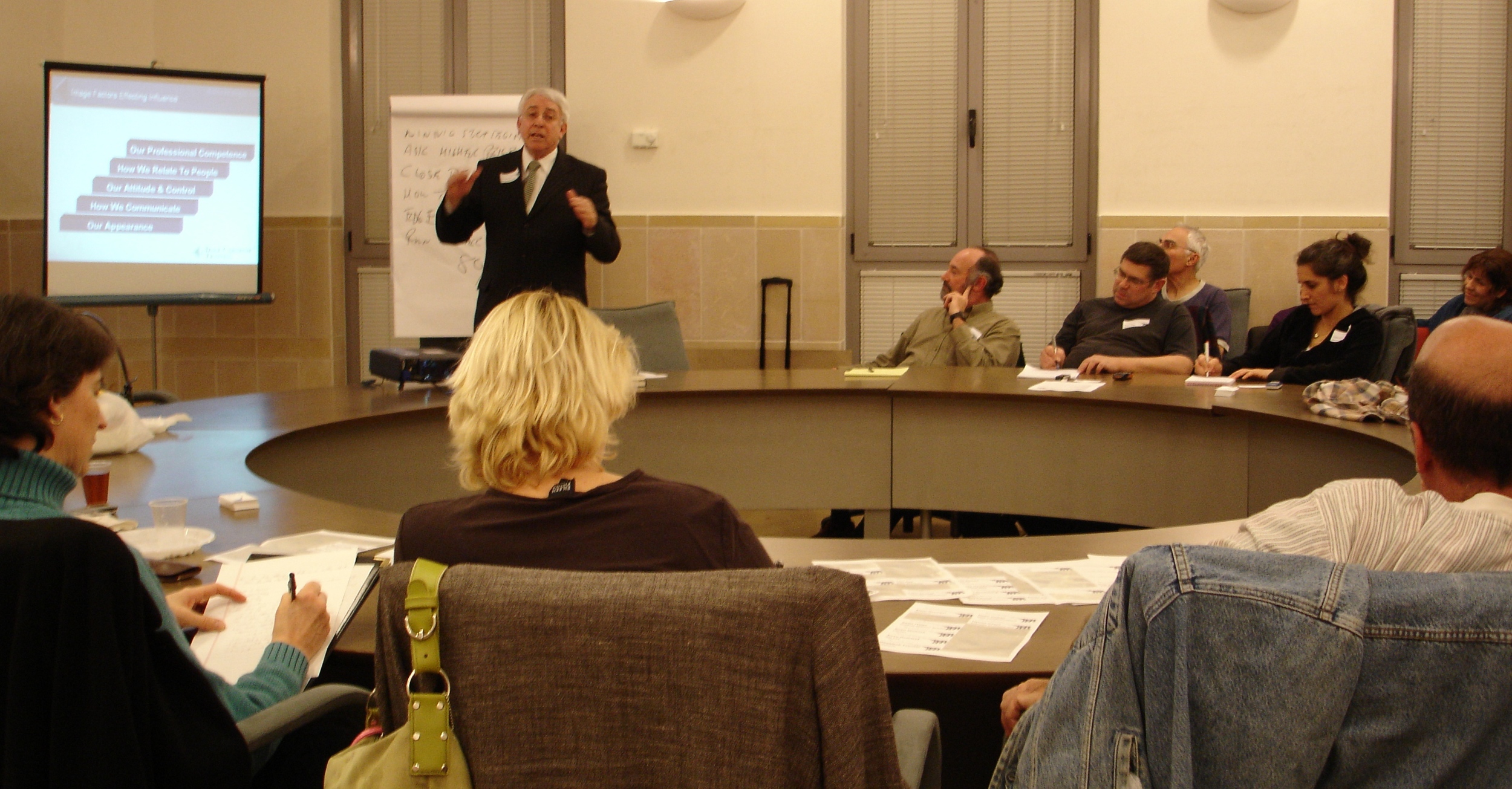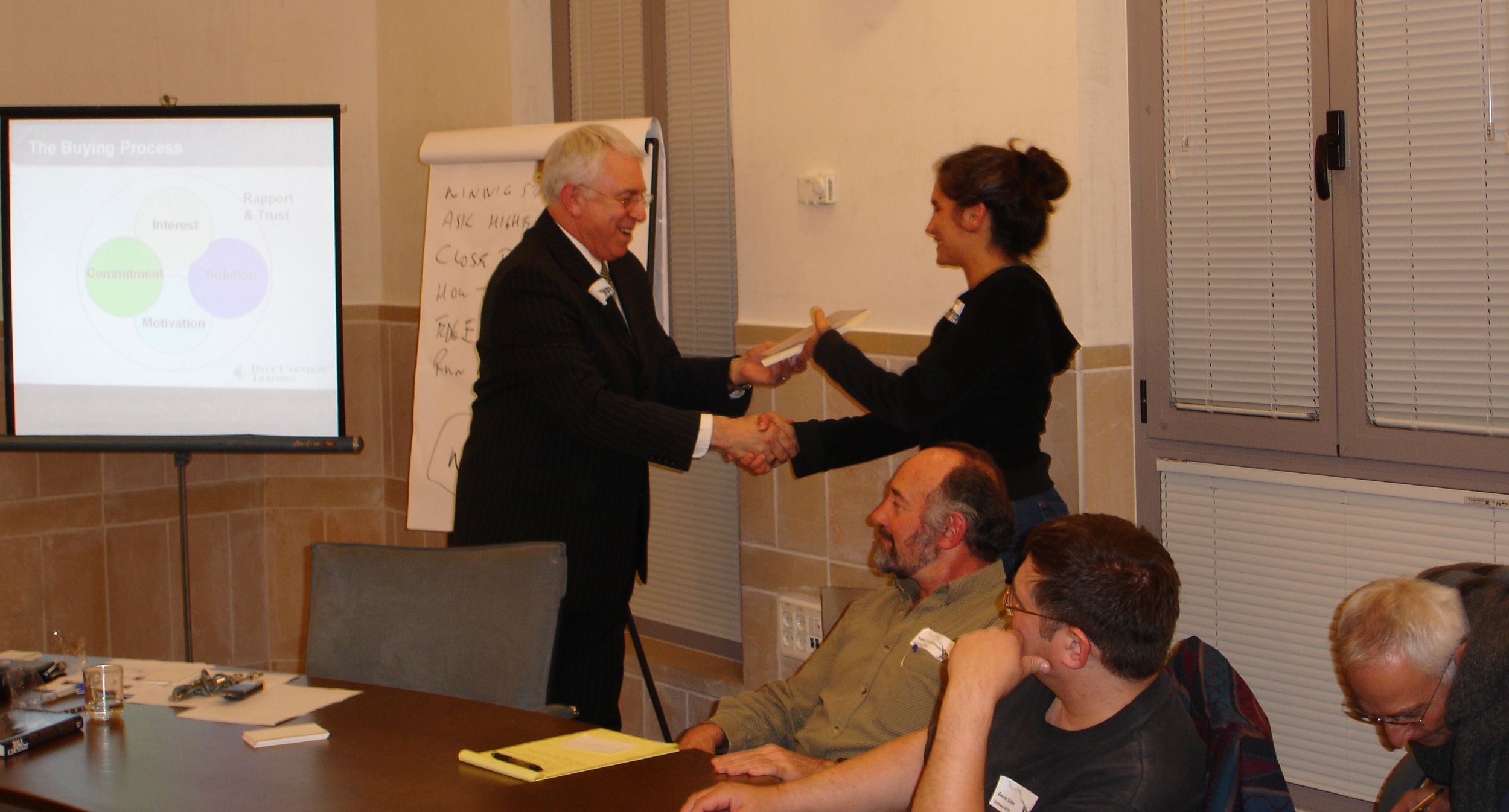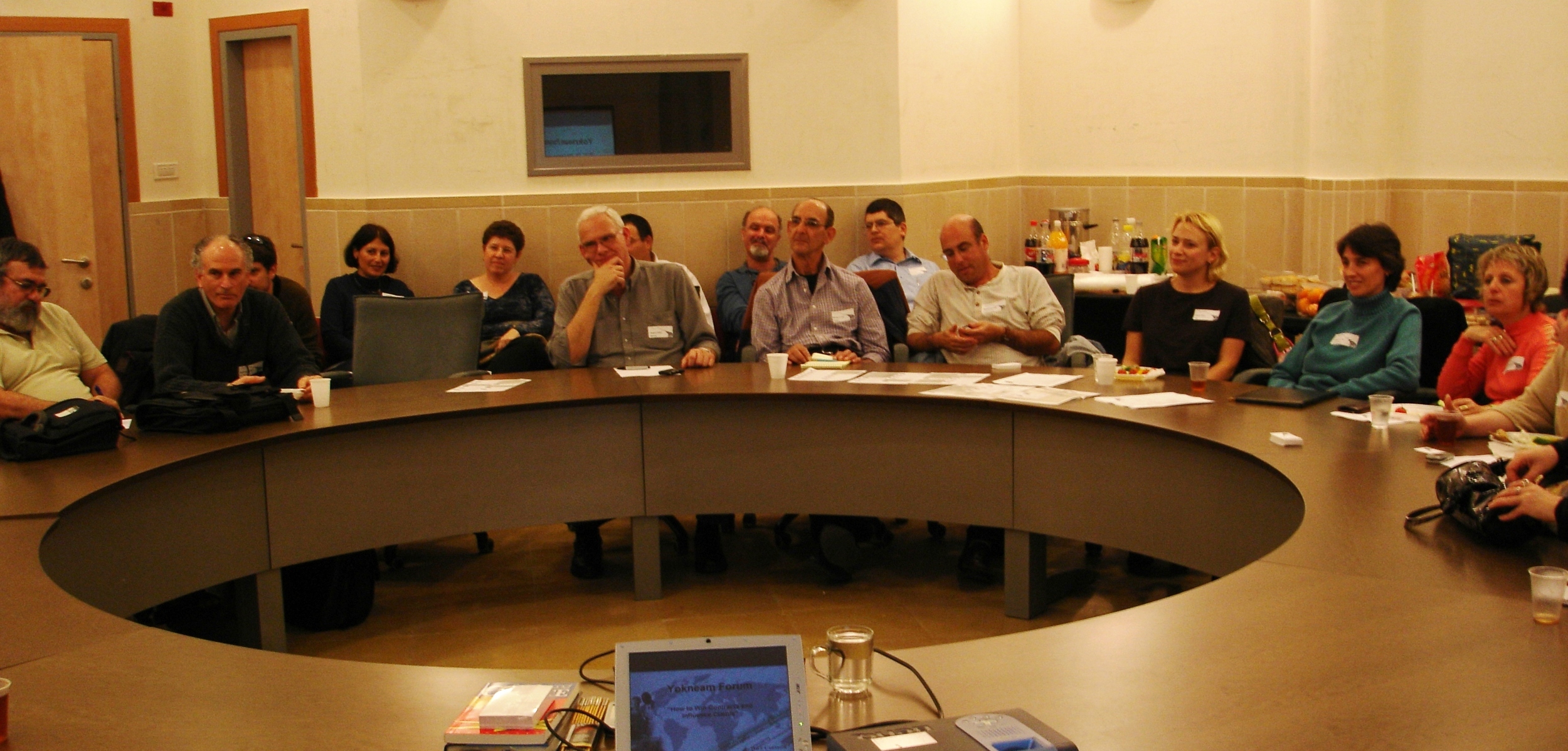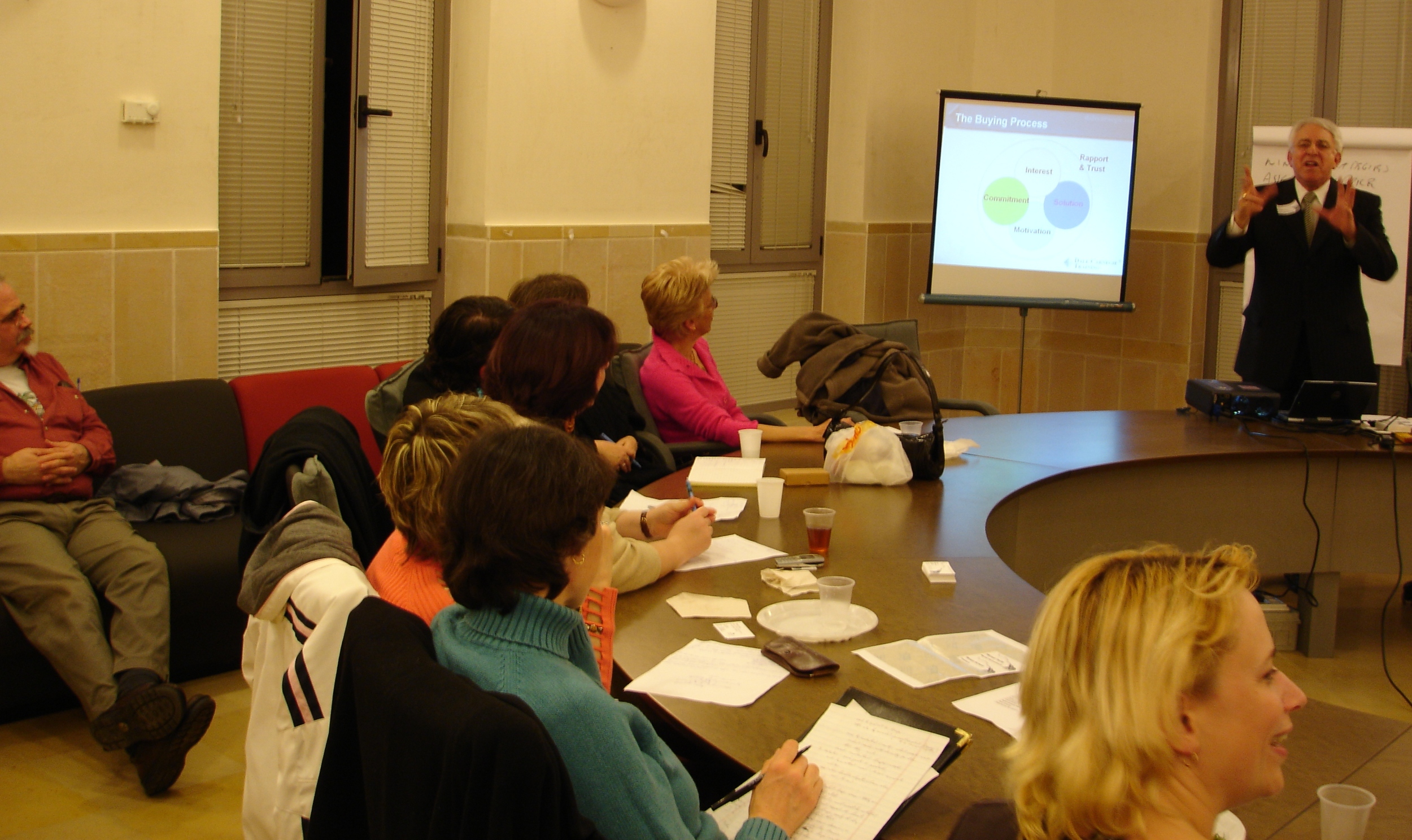Coaching Skills
/Seminar on "Coaching Skills for Empowering Employees"
An experiential introduction to coaching and its applications
It has become common knowledge in the fields of business and technology that we should empower others in order to bring out their best. It is less known how to actually empower employees. Professional Coaching includes specific skills for empowering others.
The Coaching Process is a unique blend of creating an empowering context, increasing awareness, and taking action. Through coaching people expand their thinking paradigms to see new possibilities, which are then directly linked with specific plans of action. The coaching process adds value when people want something different from the way it is now: to address a particular problem or situation, to accelerate a person’s movement toward a desired role or impact, and to assist with people’s overall personal and professional development.
Specific coaching skills contributing to this process can be applied by non-coaches. We will look at how the way we approach an interaction can be empowering or not, get a glimpse at some common thinking paradigms, and consider alternative empowering paradigms such as inquiry toward discovery rather than inquiry toward proof. We will look at characteristics of “powerful” questioning, and the benefits of this skill in increasing awareness. And we will look at how to link this awareness to action through brainstorming and invitation that lead to increased accountability.
About the Speaker
For over 20 years Carolyn Tal has been working in human development with both individuals and systems. Her professional experience includes psychology, organizational consulting, and mediation, in hi-tech, bio-tech, service industries, the US Navy, and hospital settings. Dr. Tal currently works as a business and personal coach. She coaches individuals and teams, conducts workshops on coaching skills and bringing a coaching approach into organizations, and partners in equine-assisted learning for effective communication.
Trained in coaching at CoachU, Dr. Tal has Ph.D. in Psychology from Northwestern University and is a member of the International Coach Federation. Born in Chicago, Carolyn moved to Israel 12 years ago.


